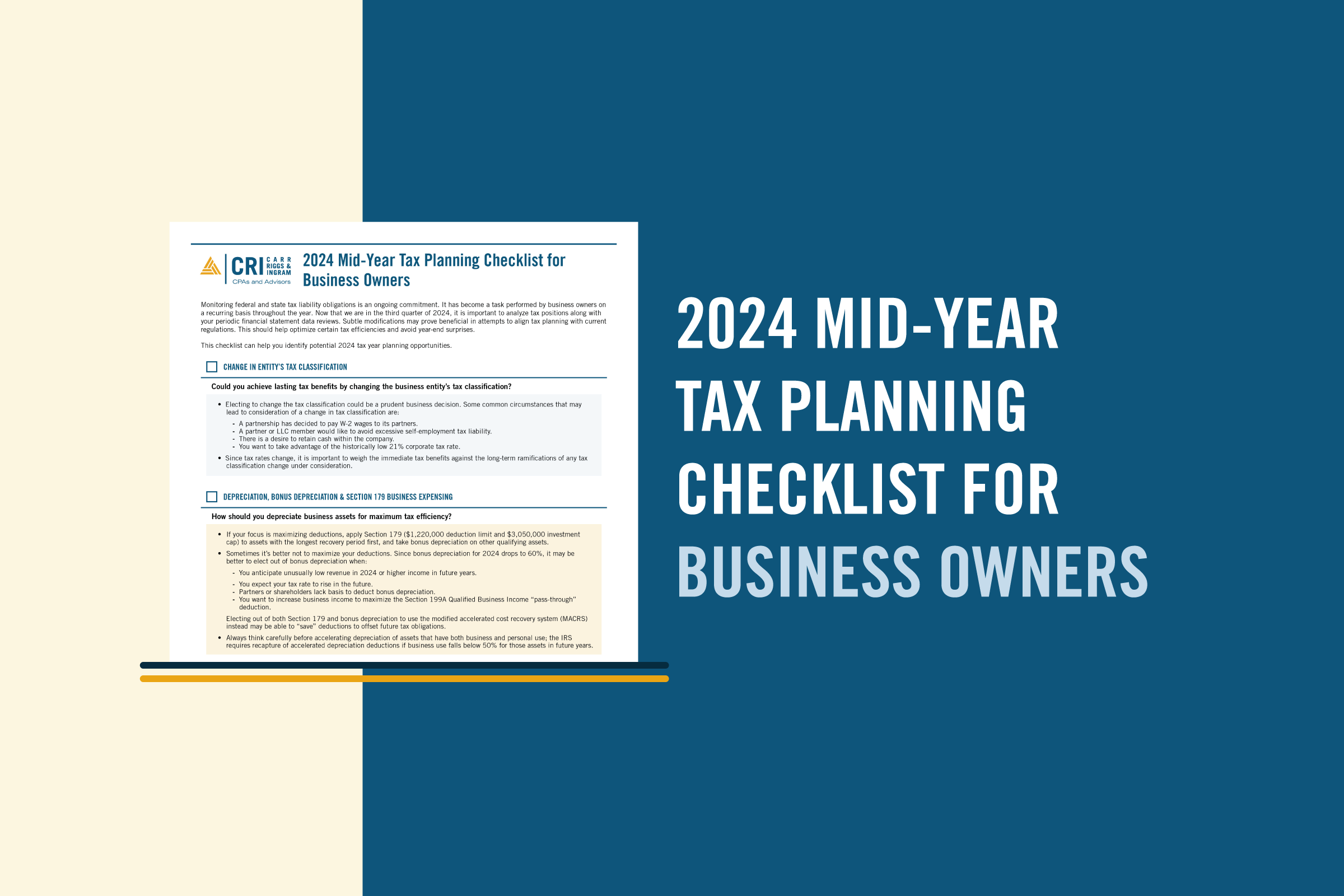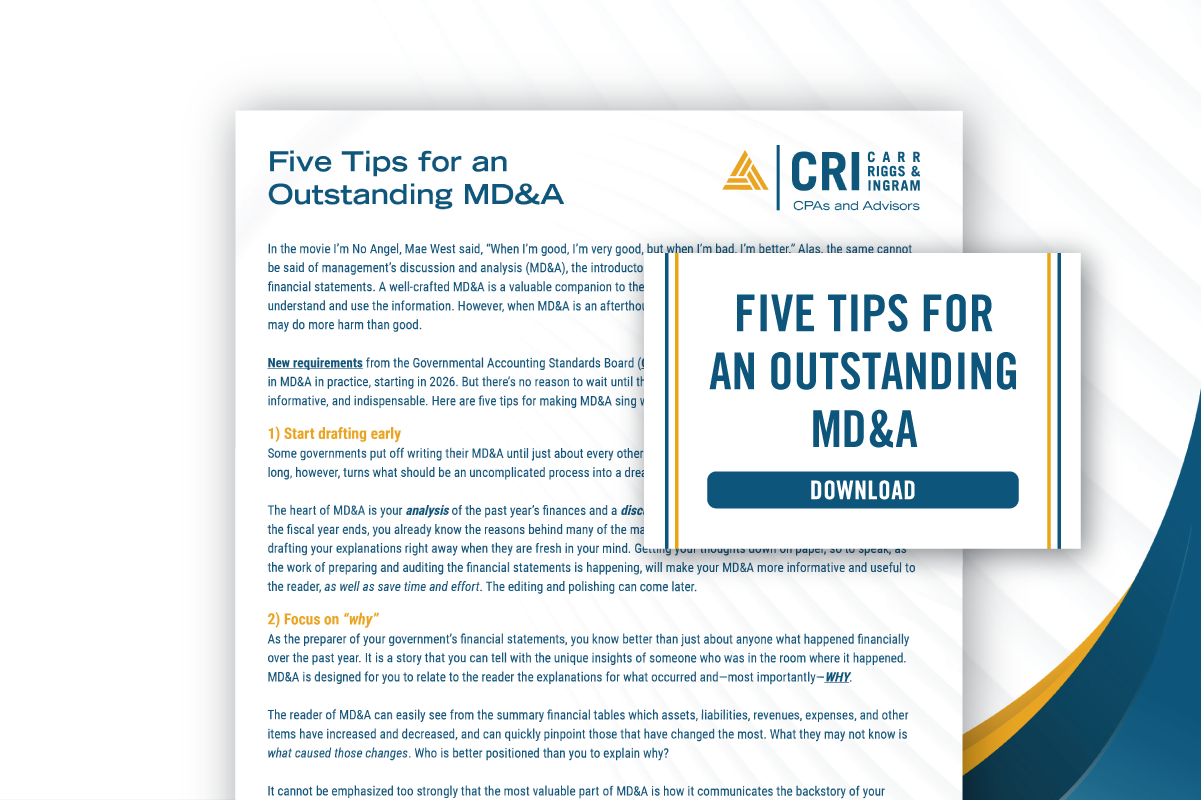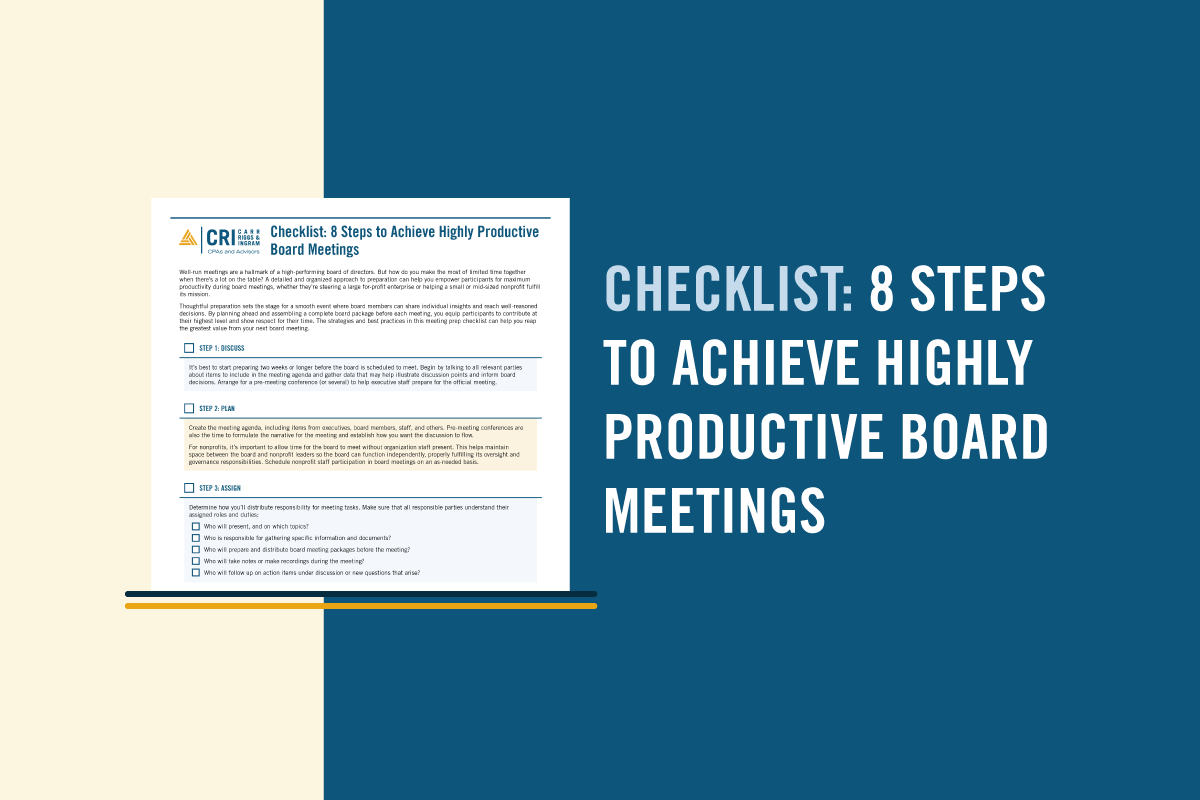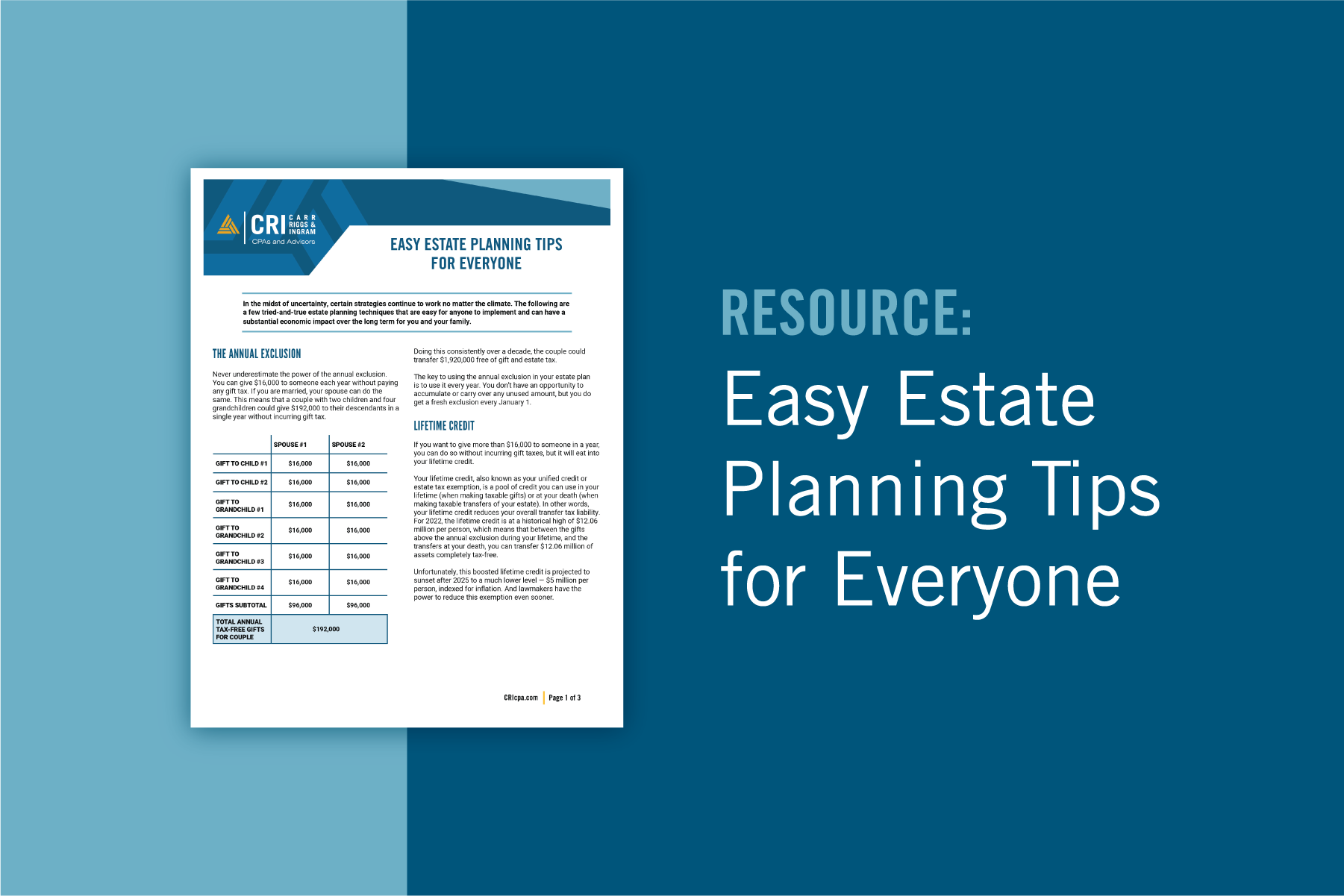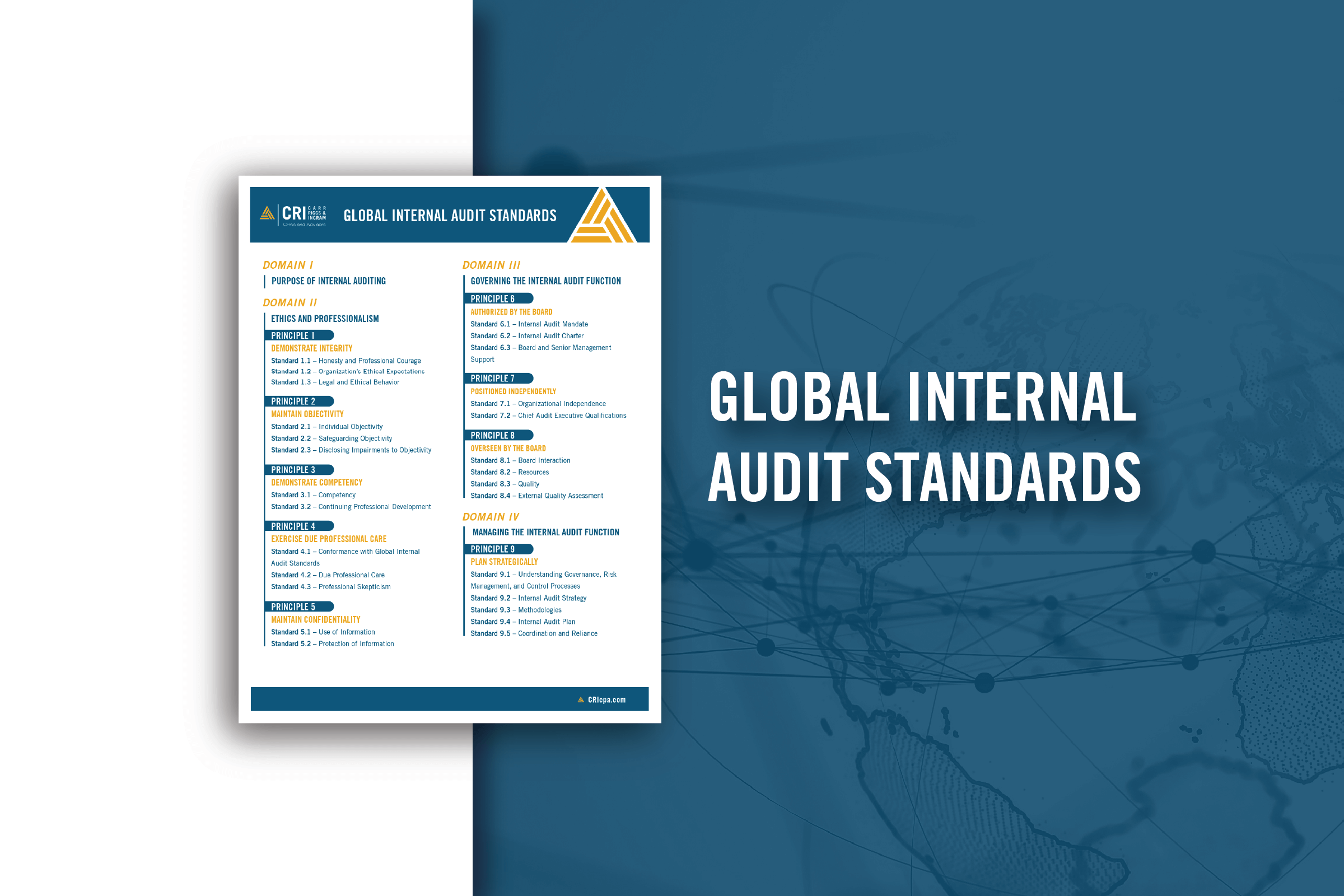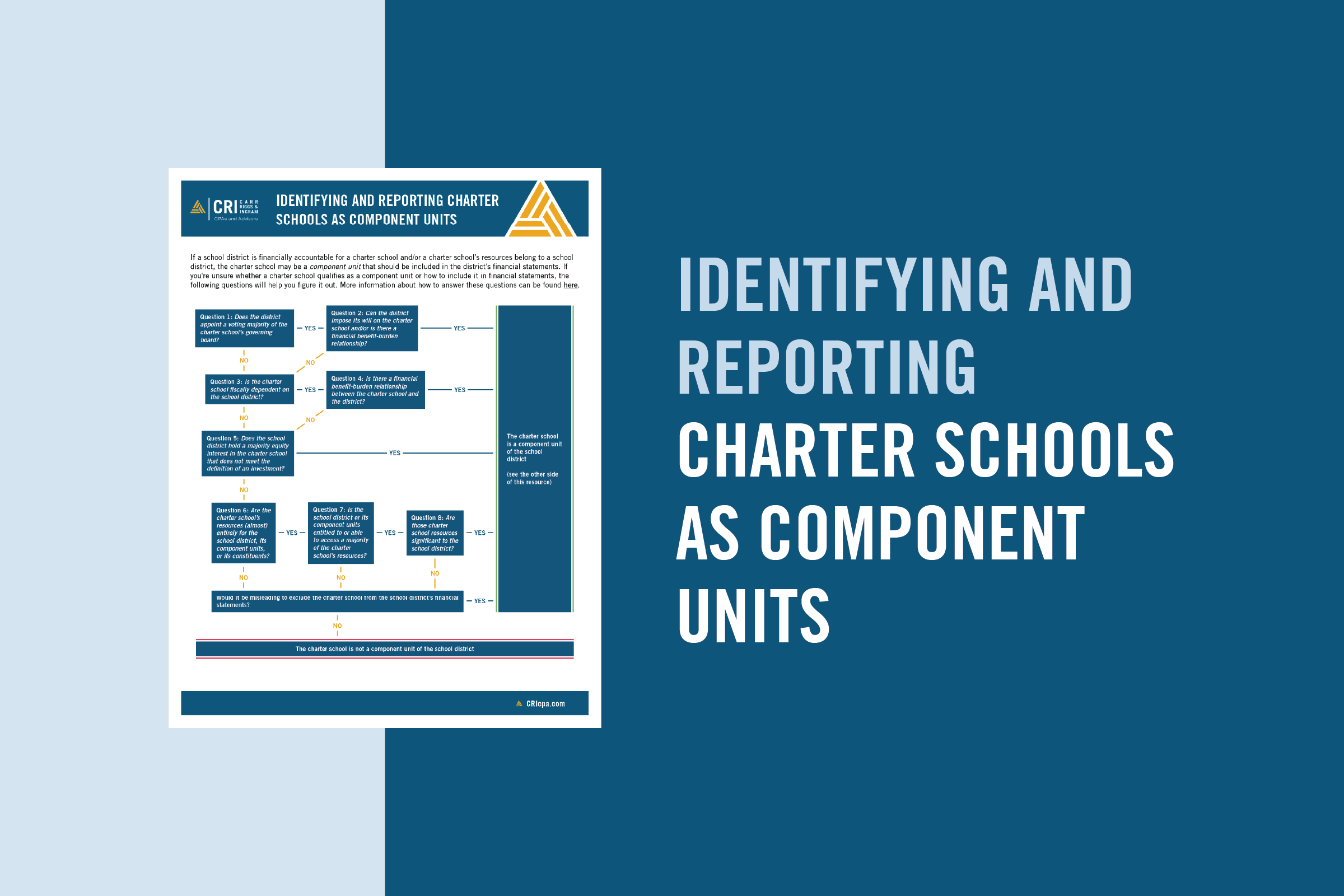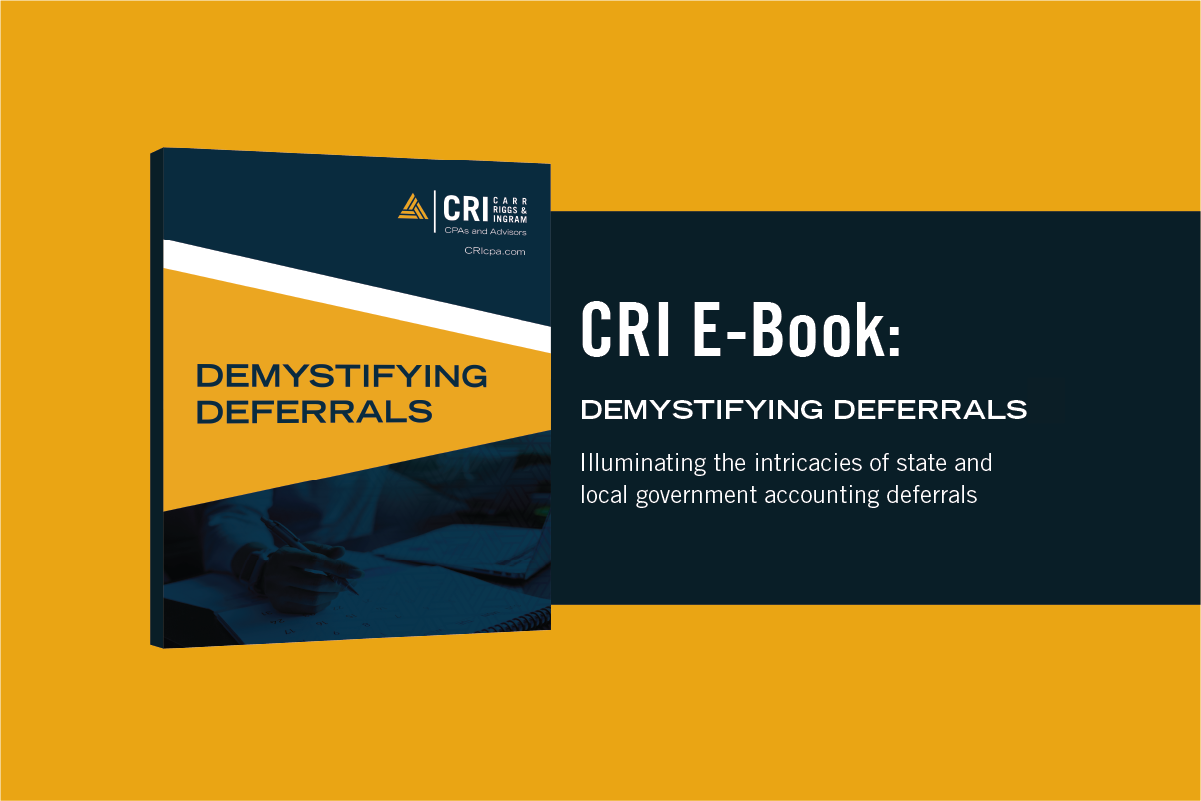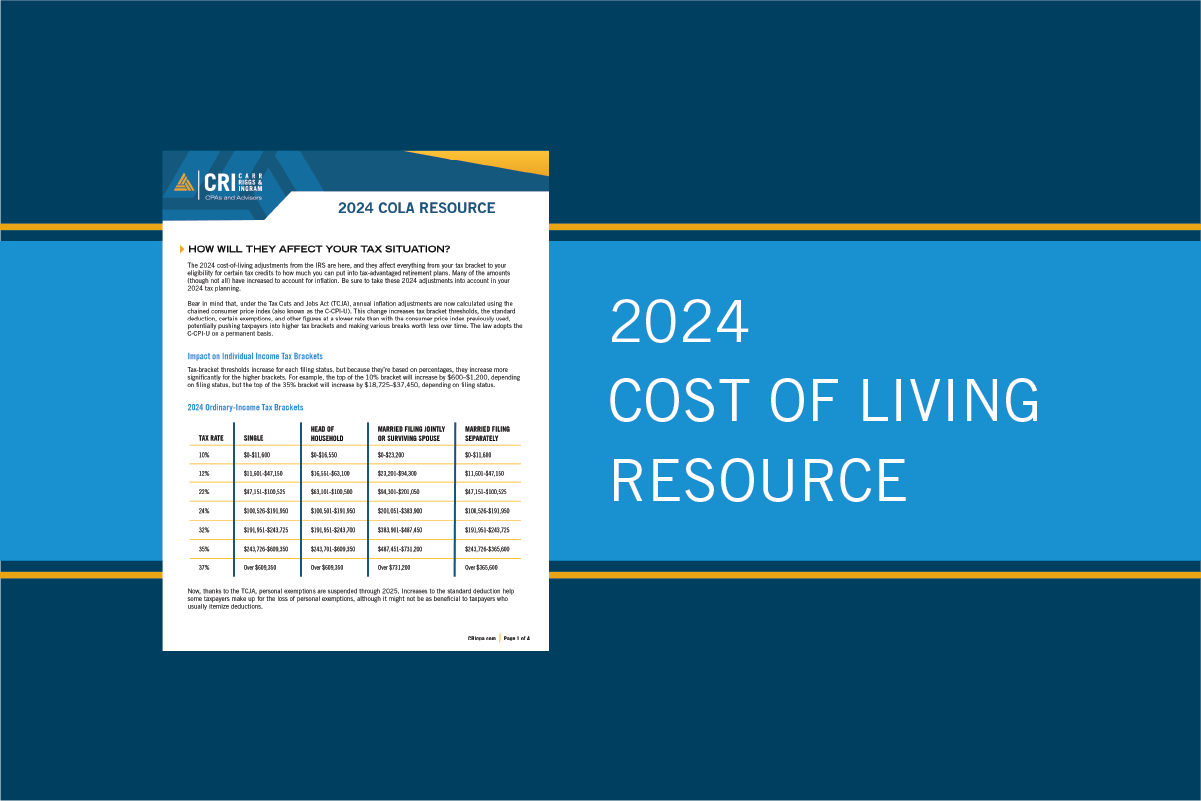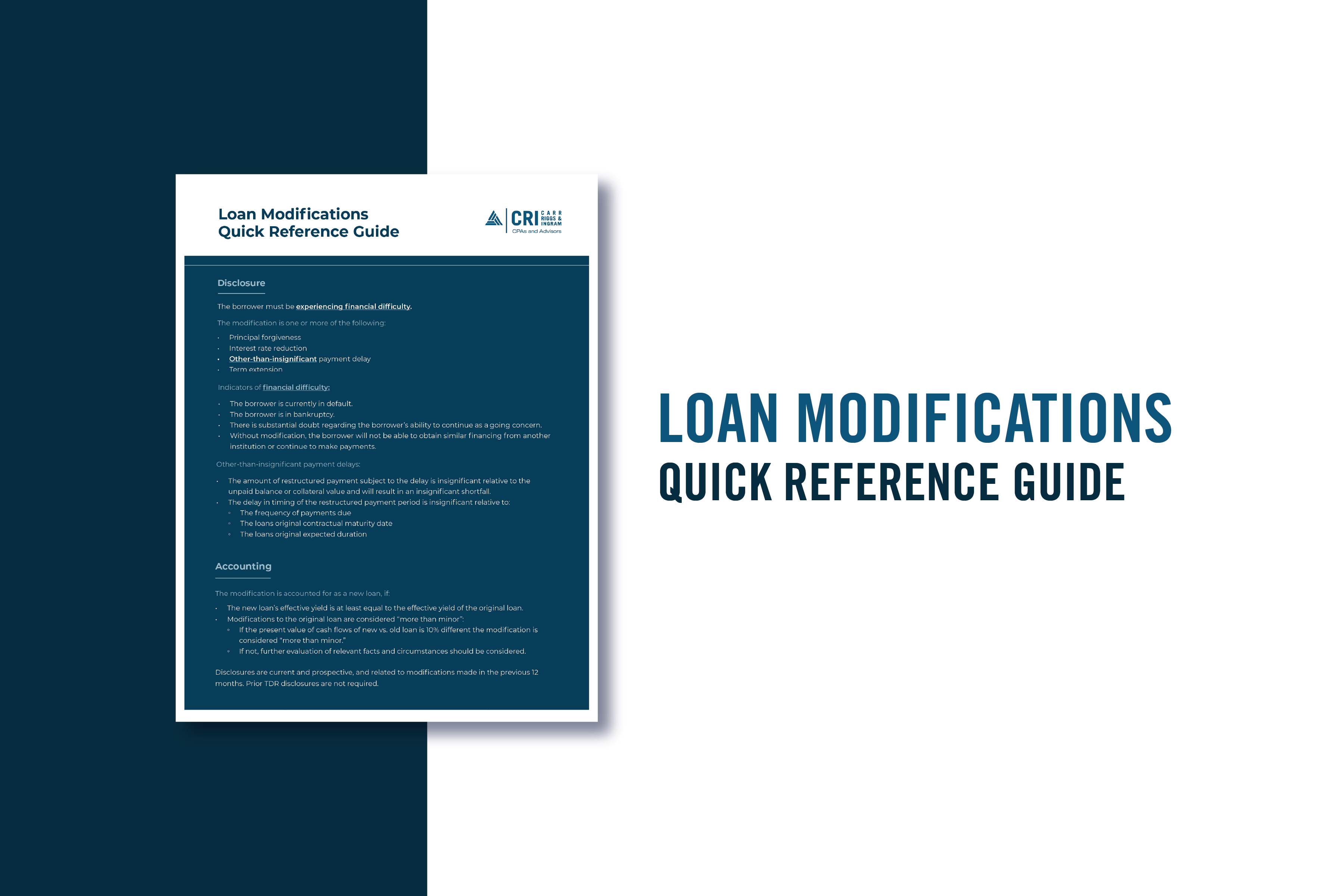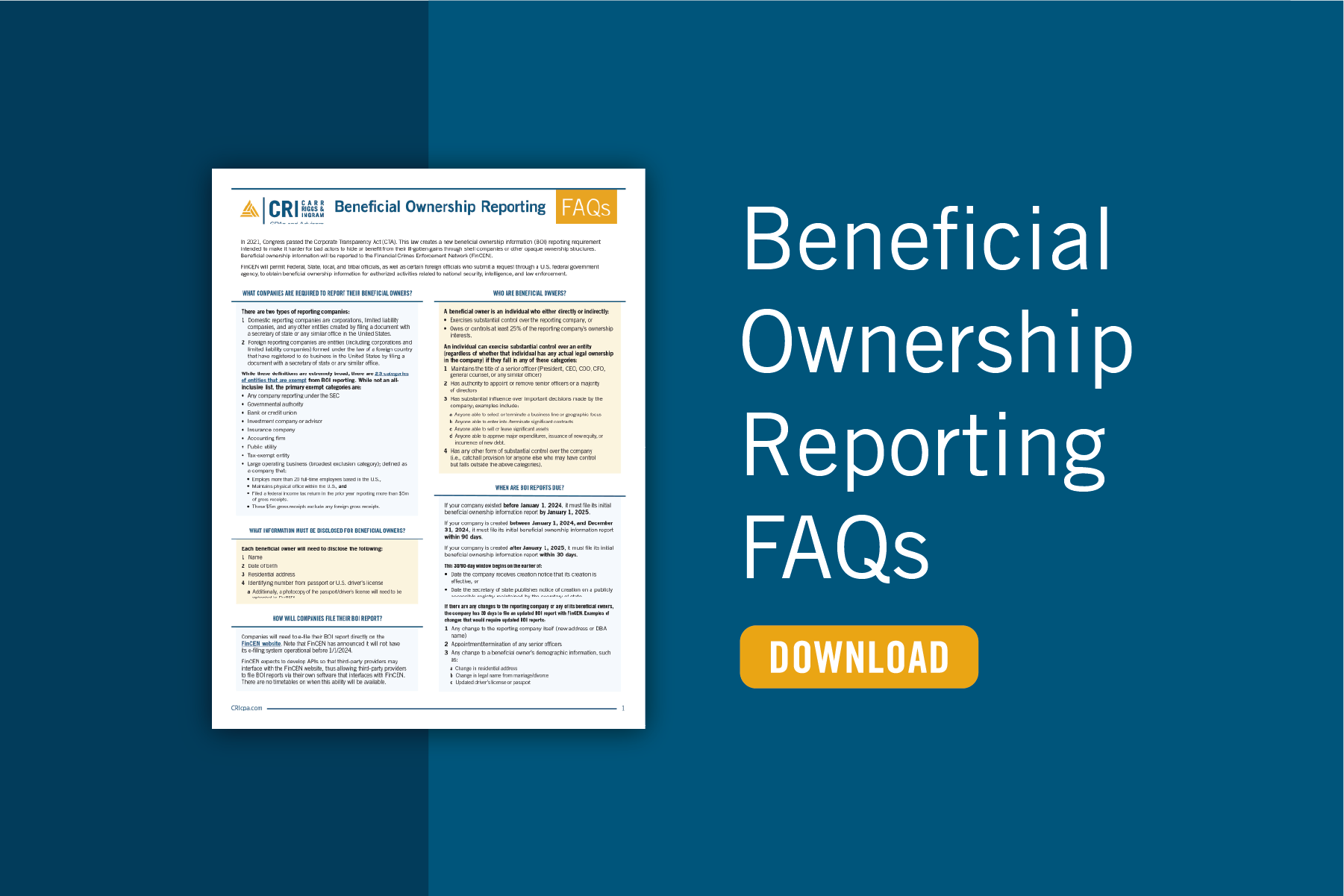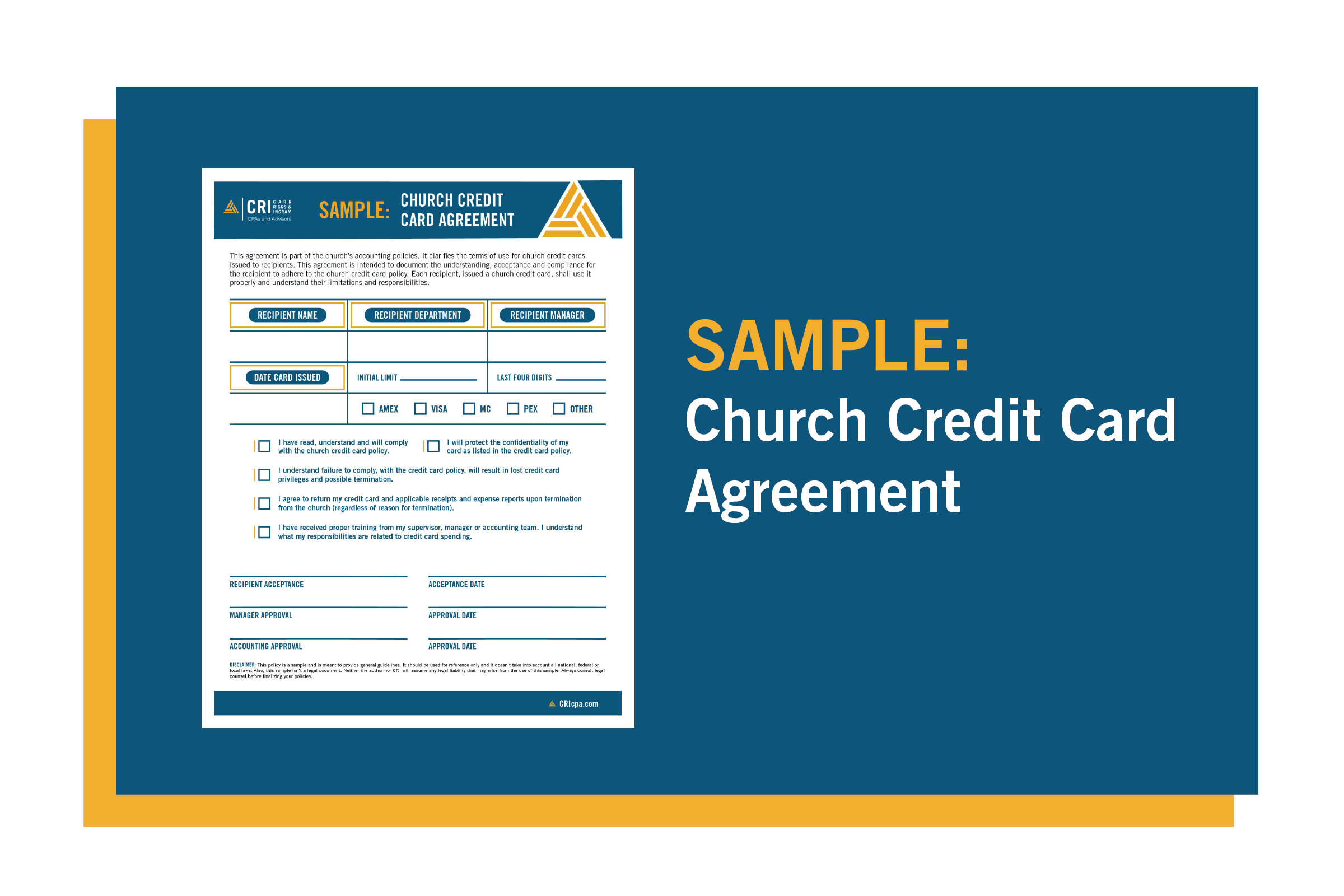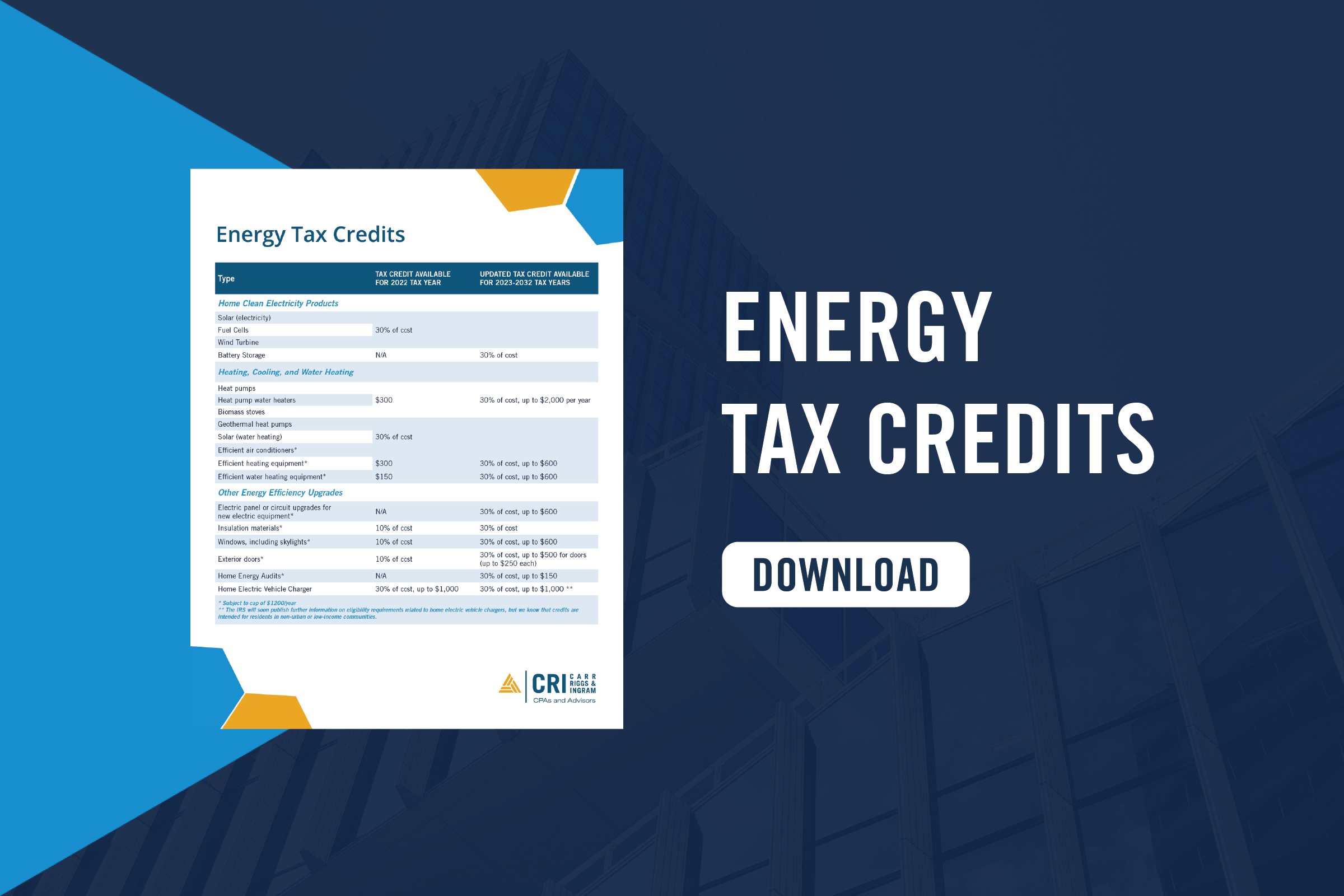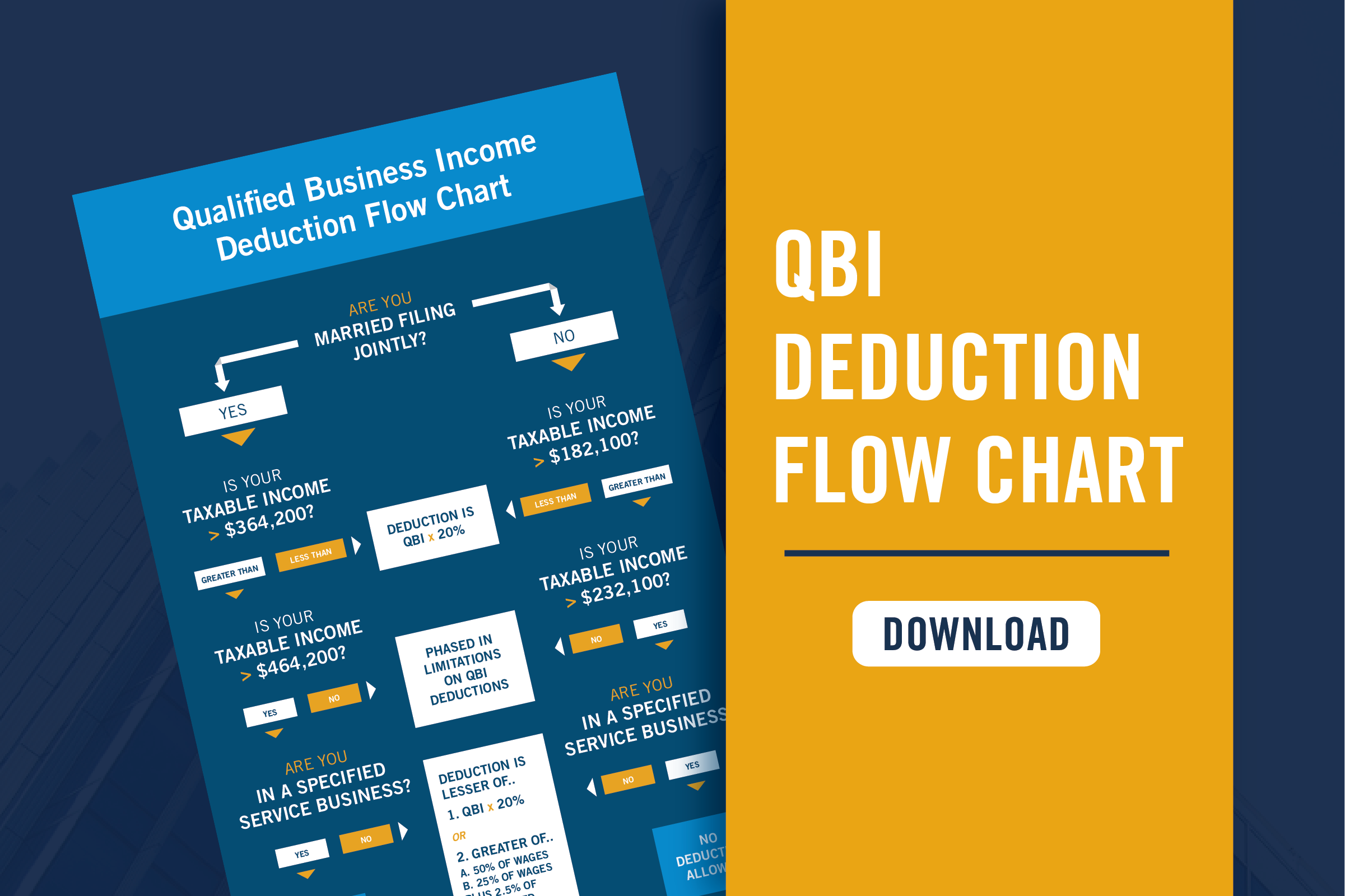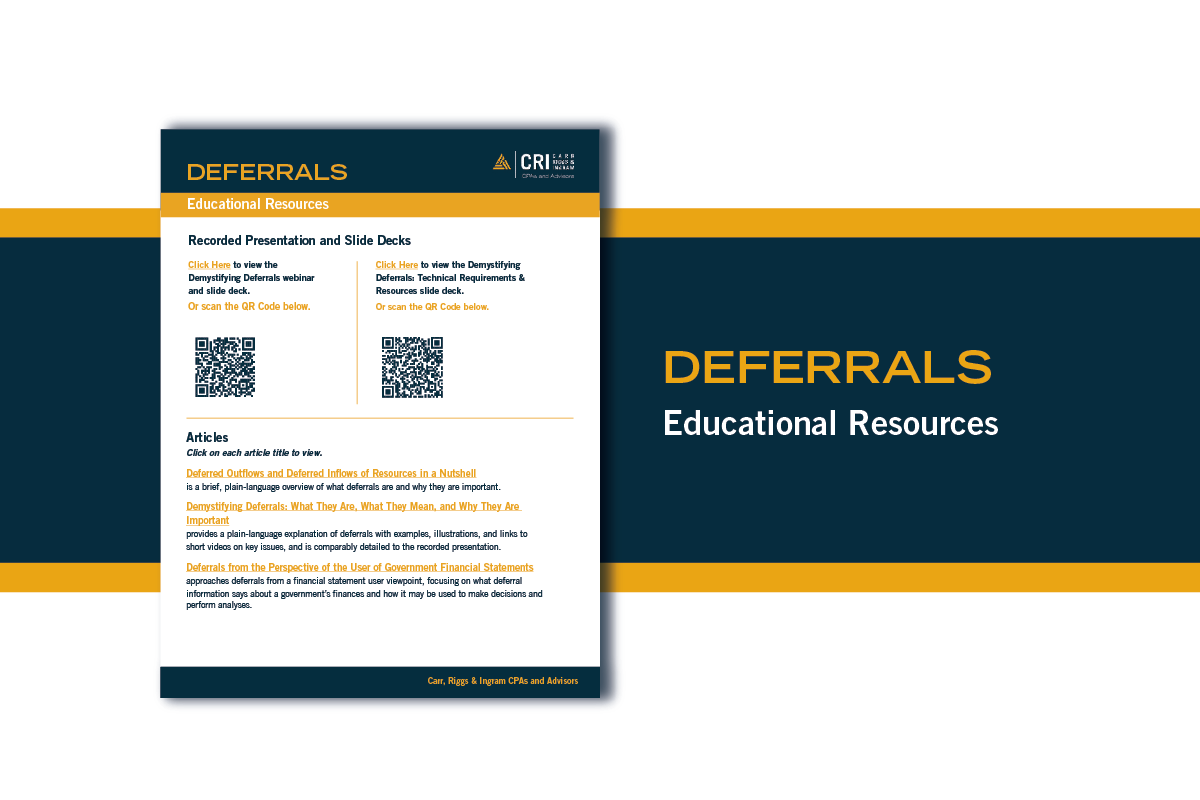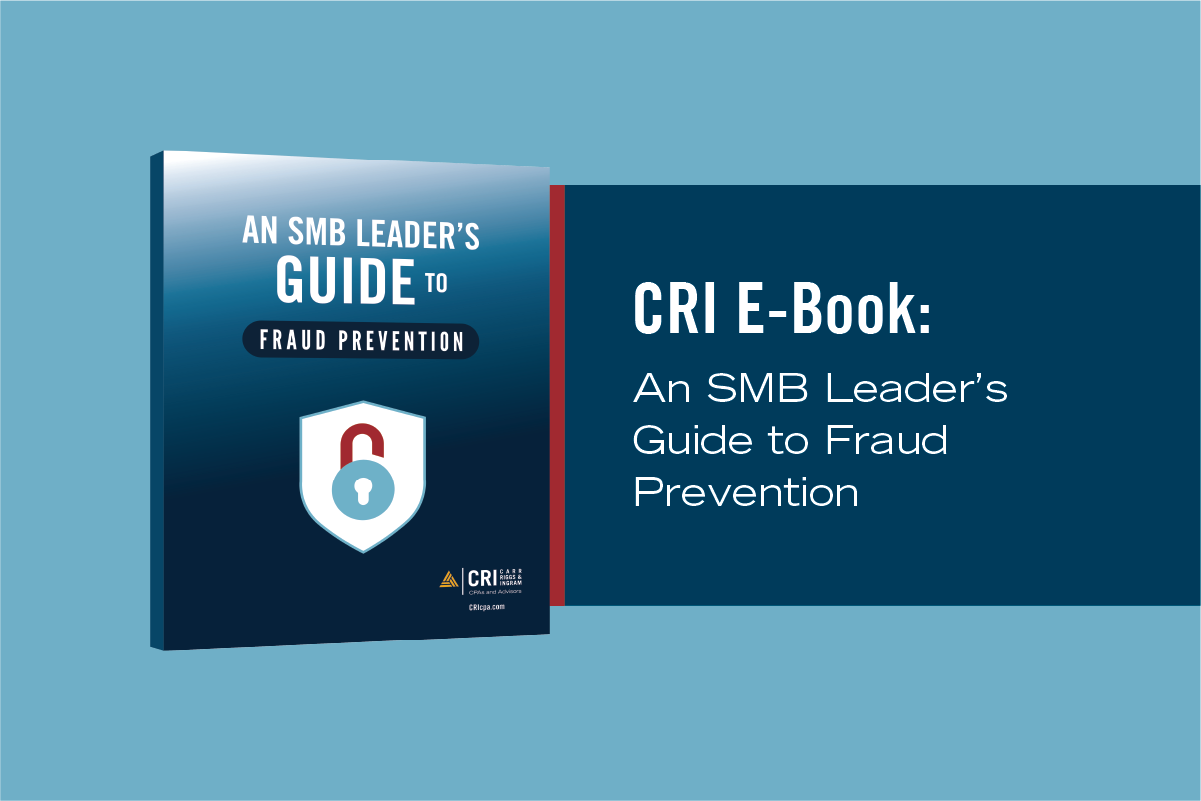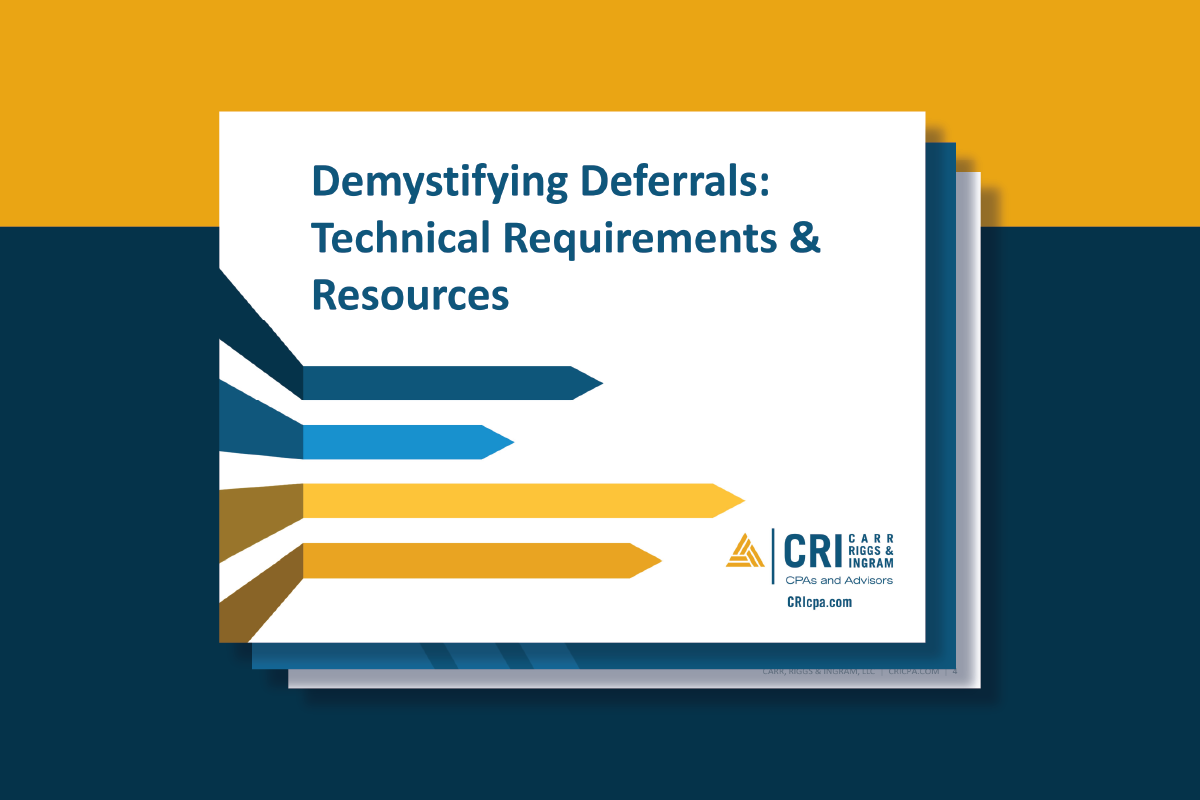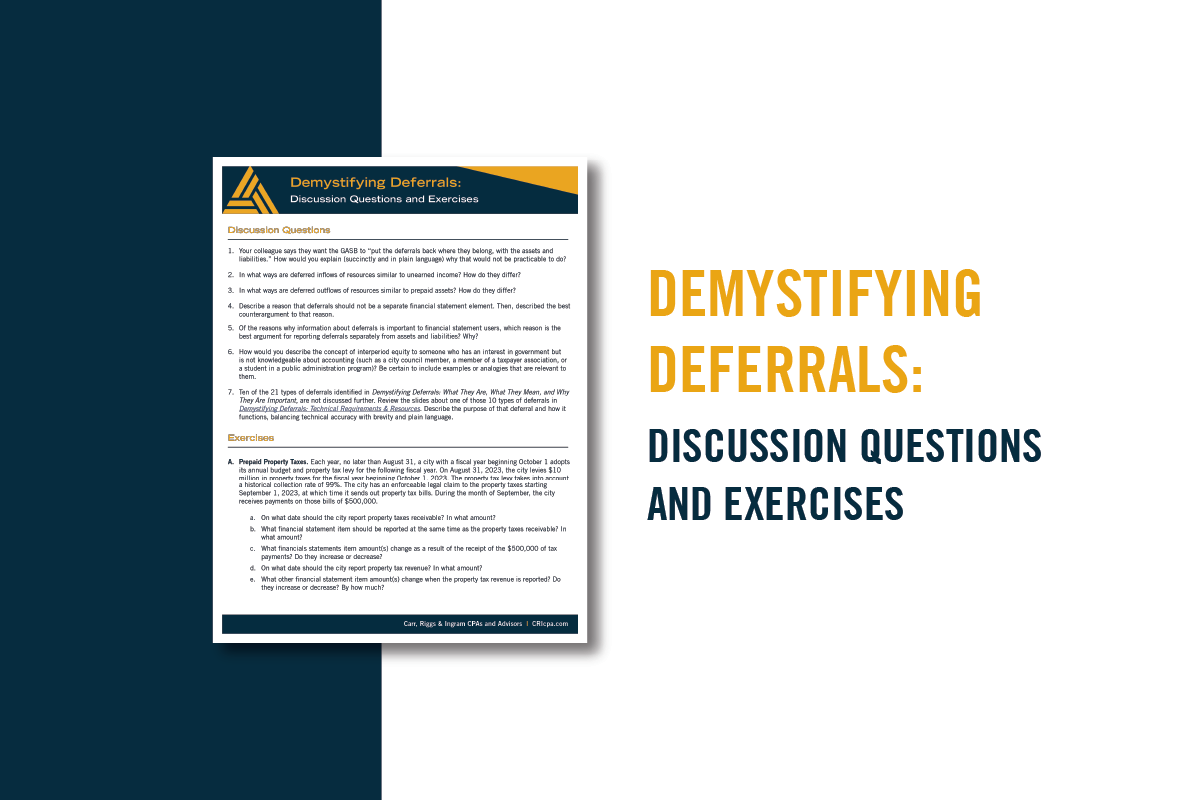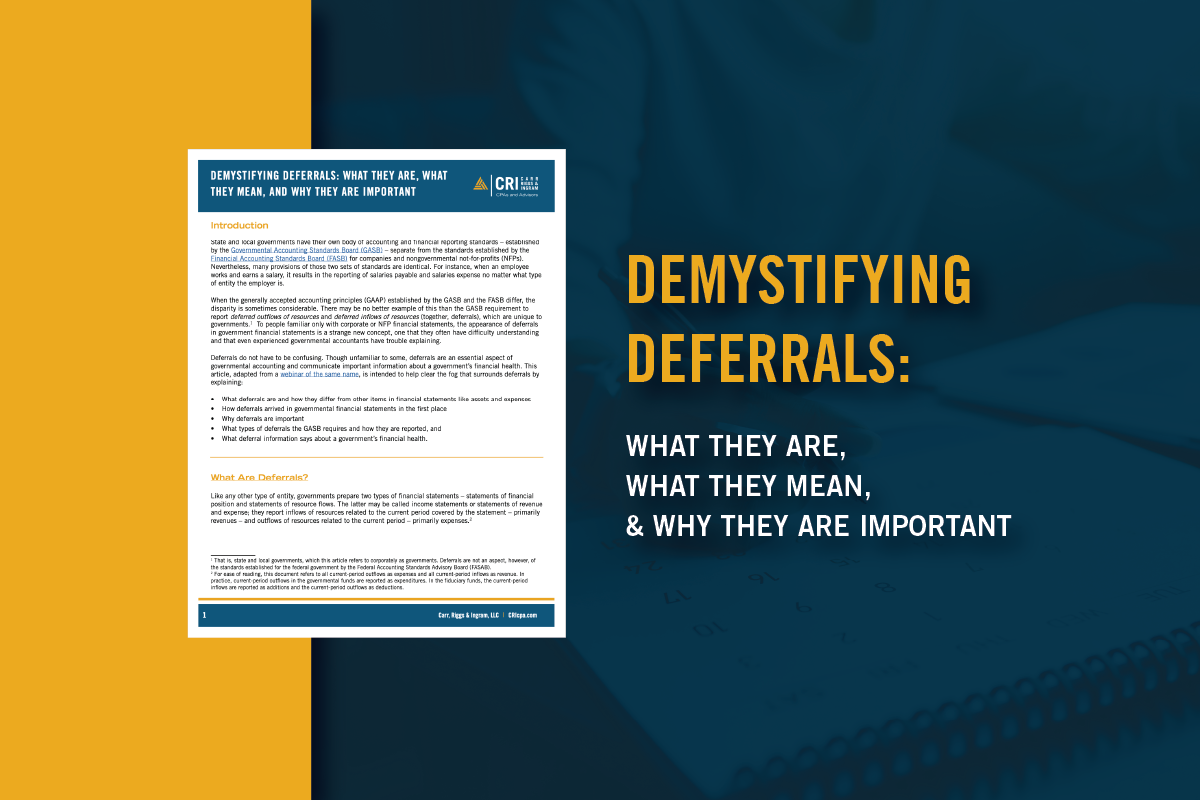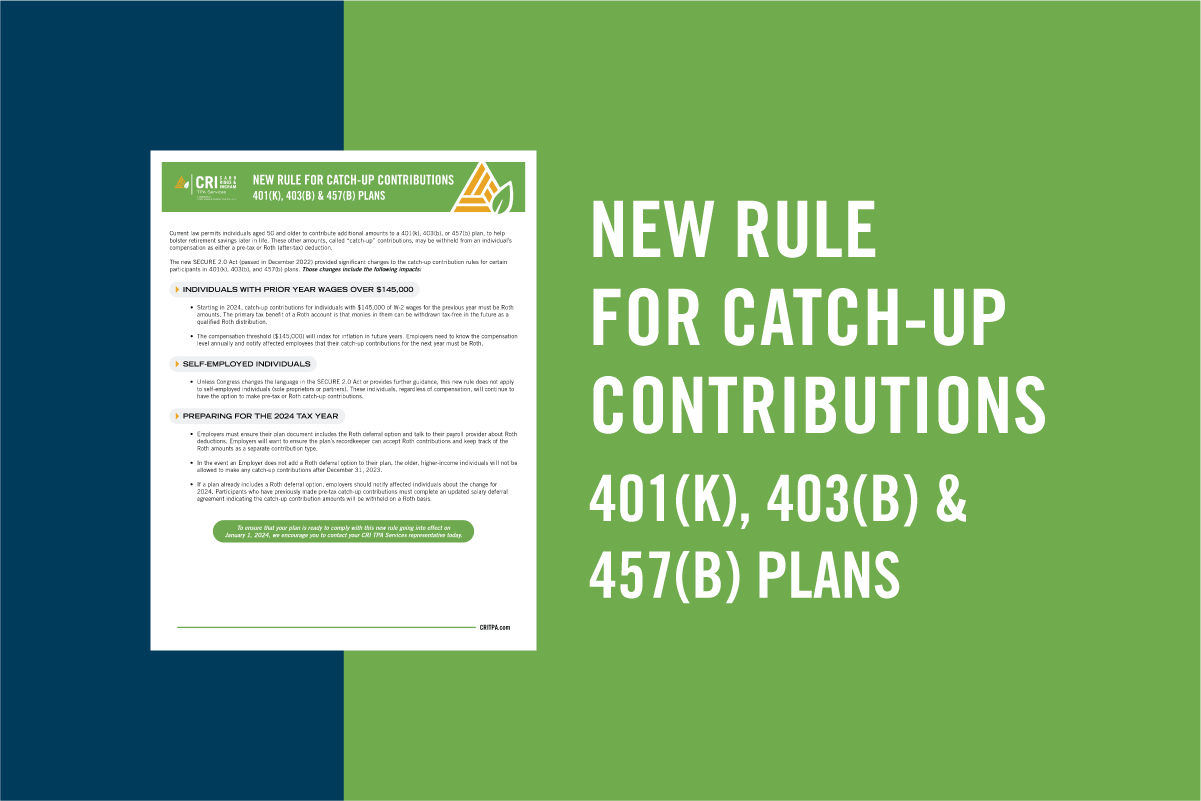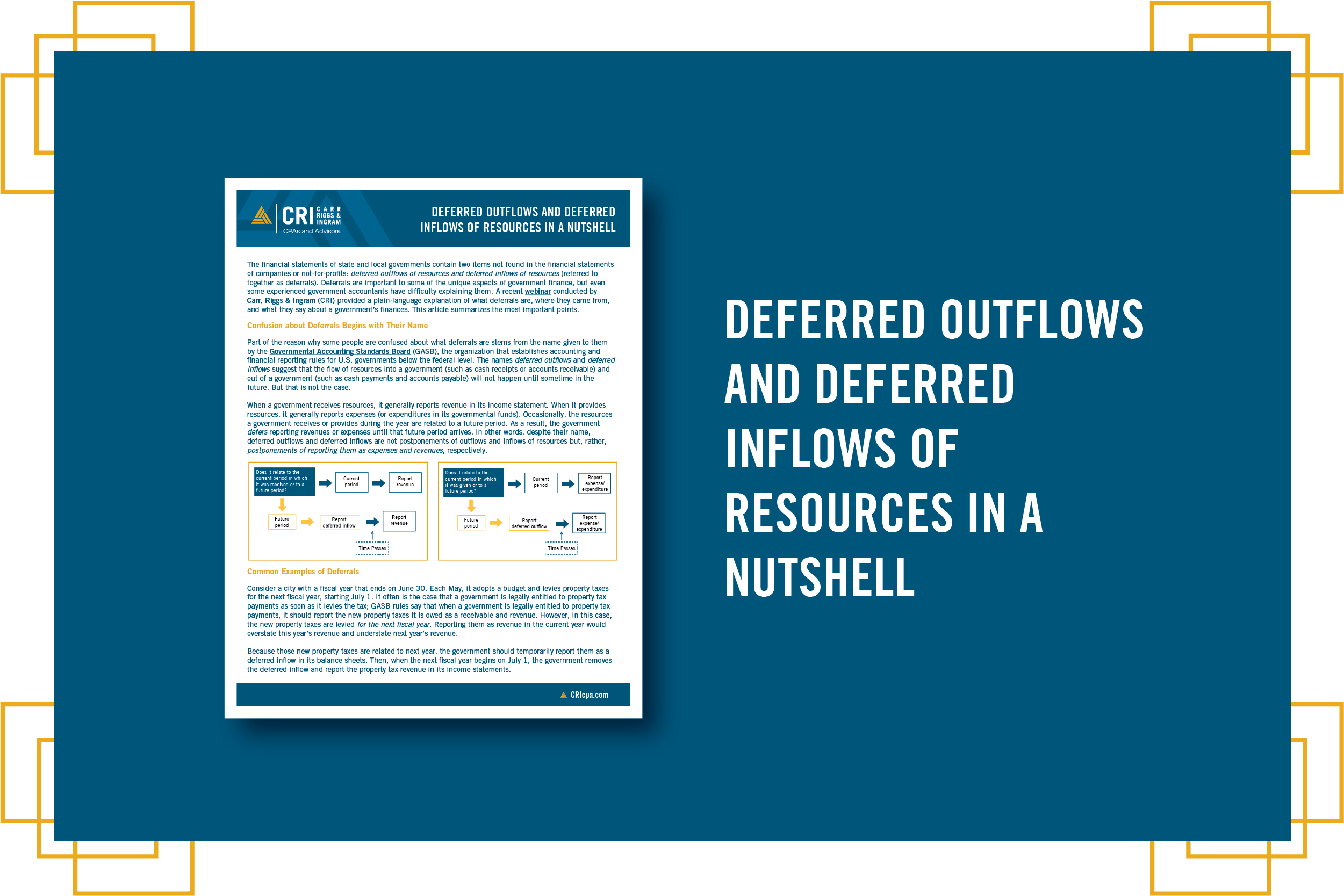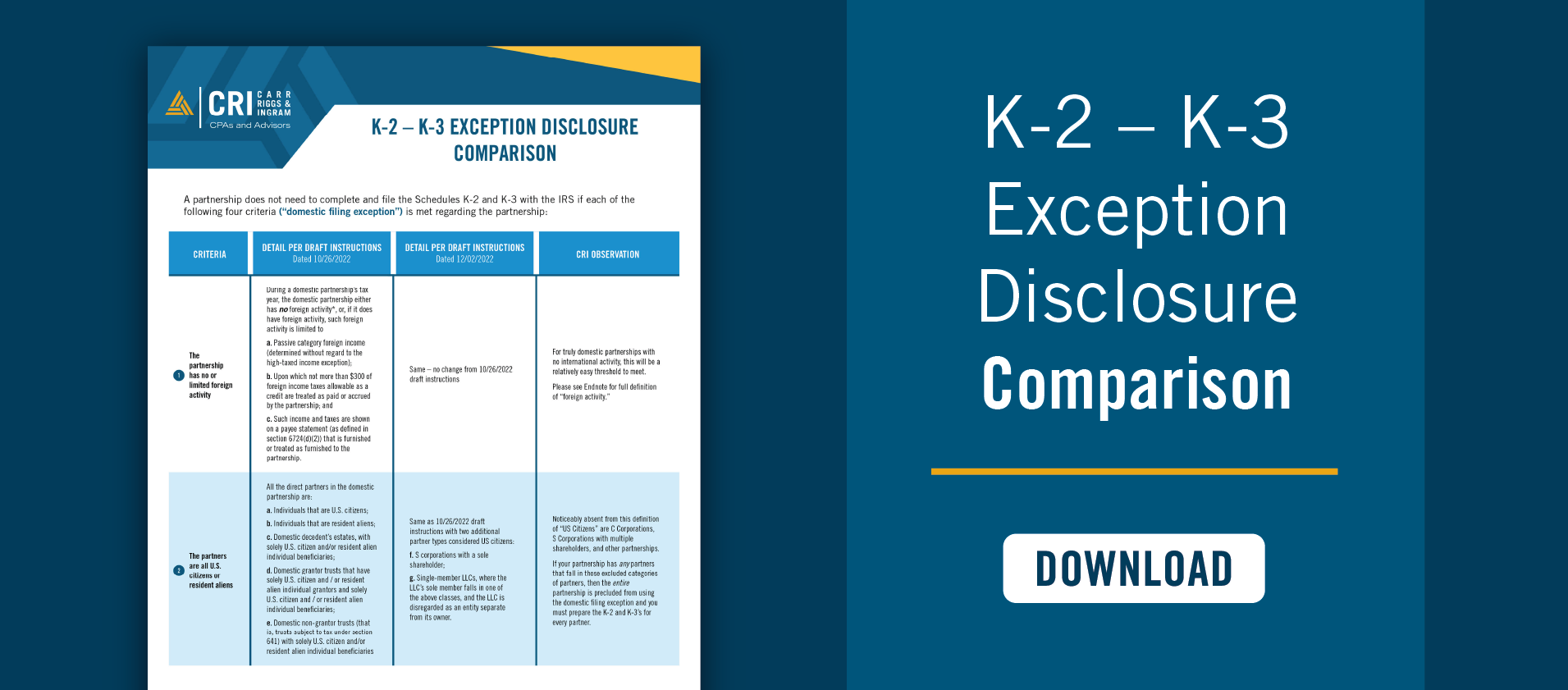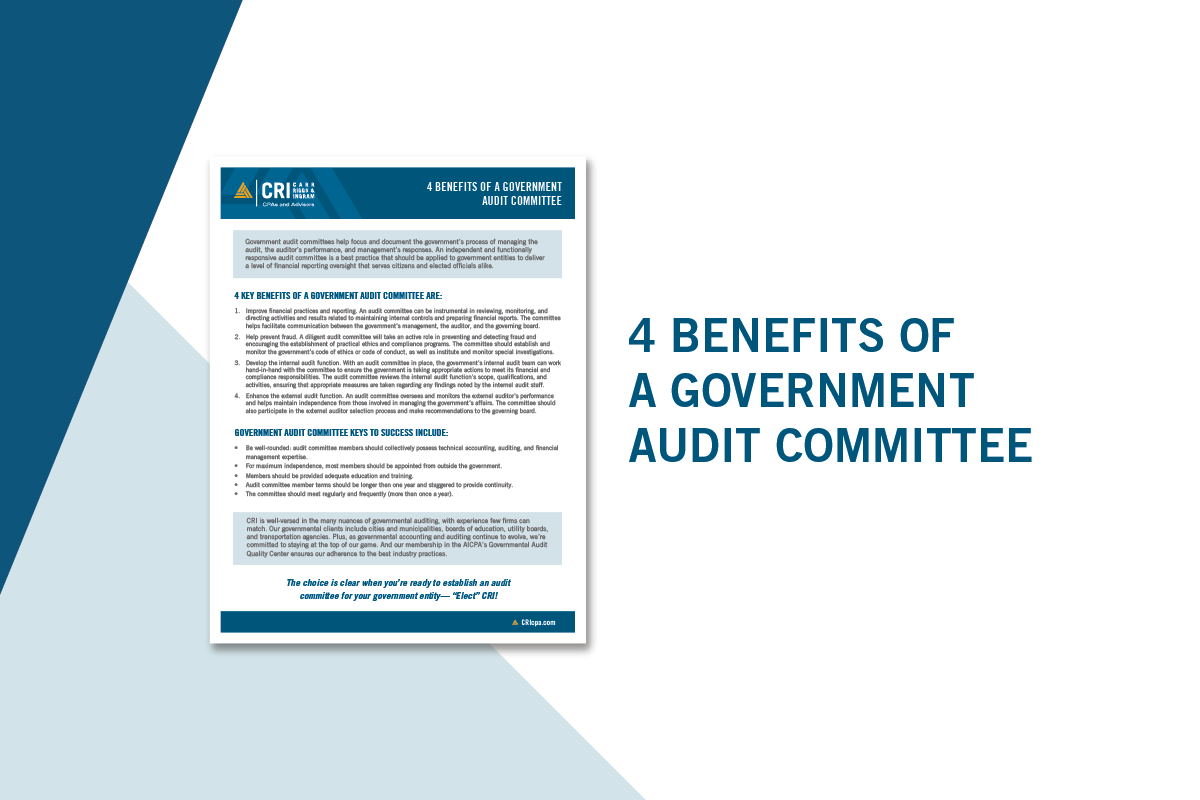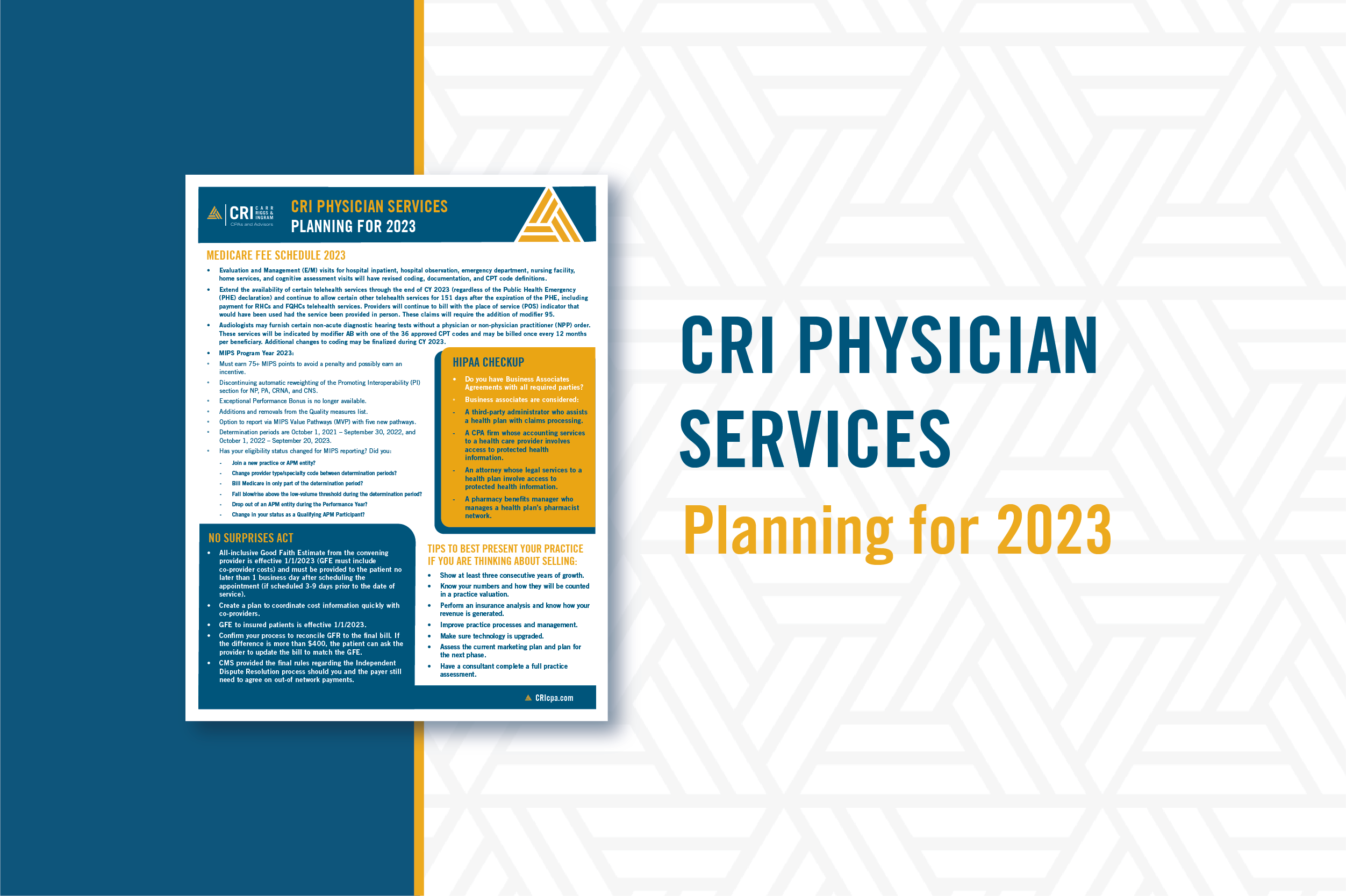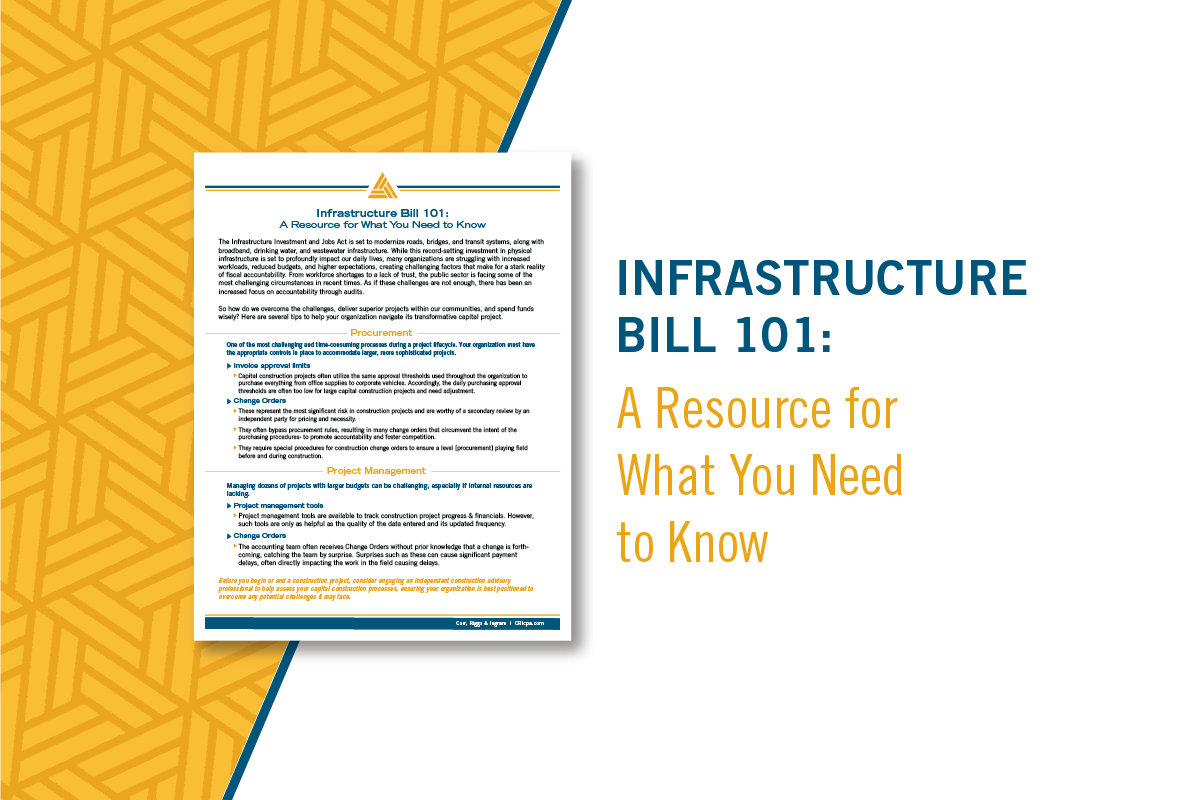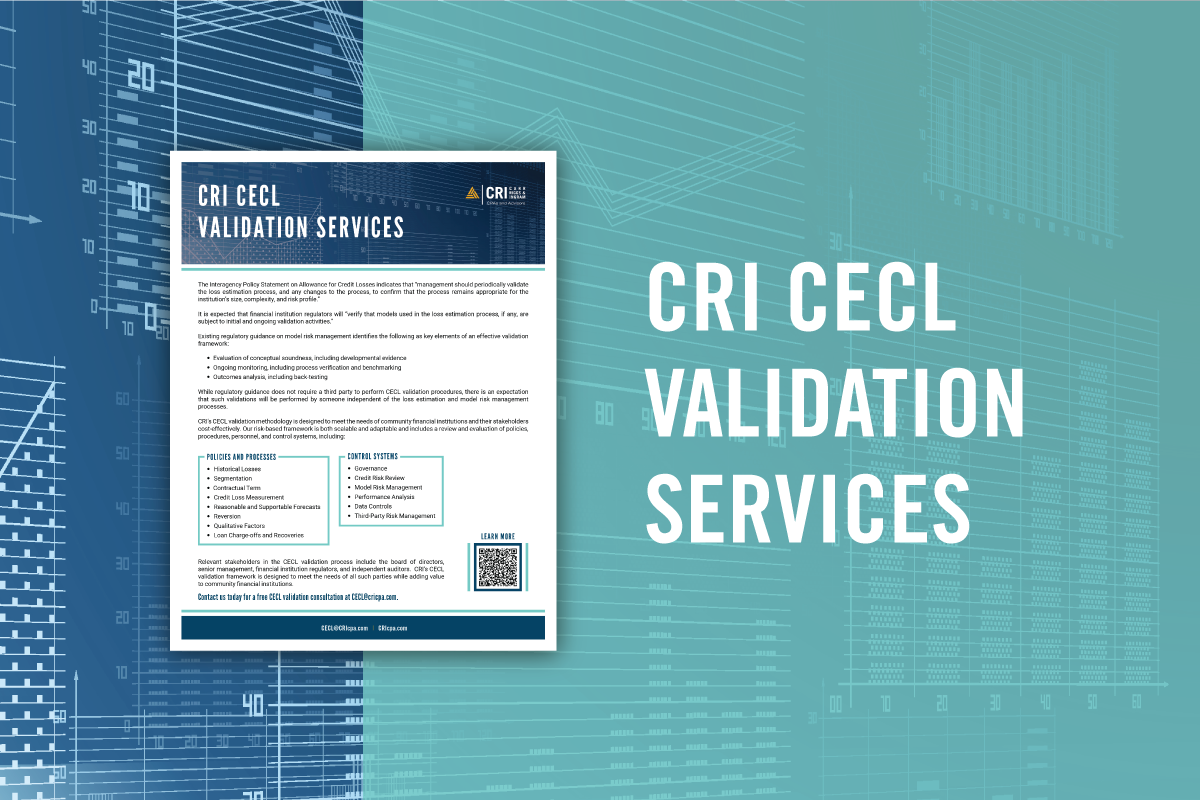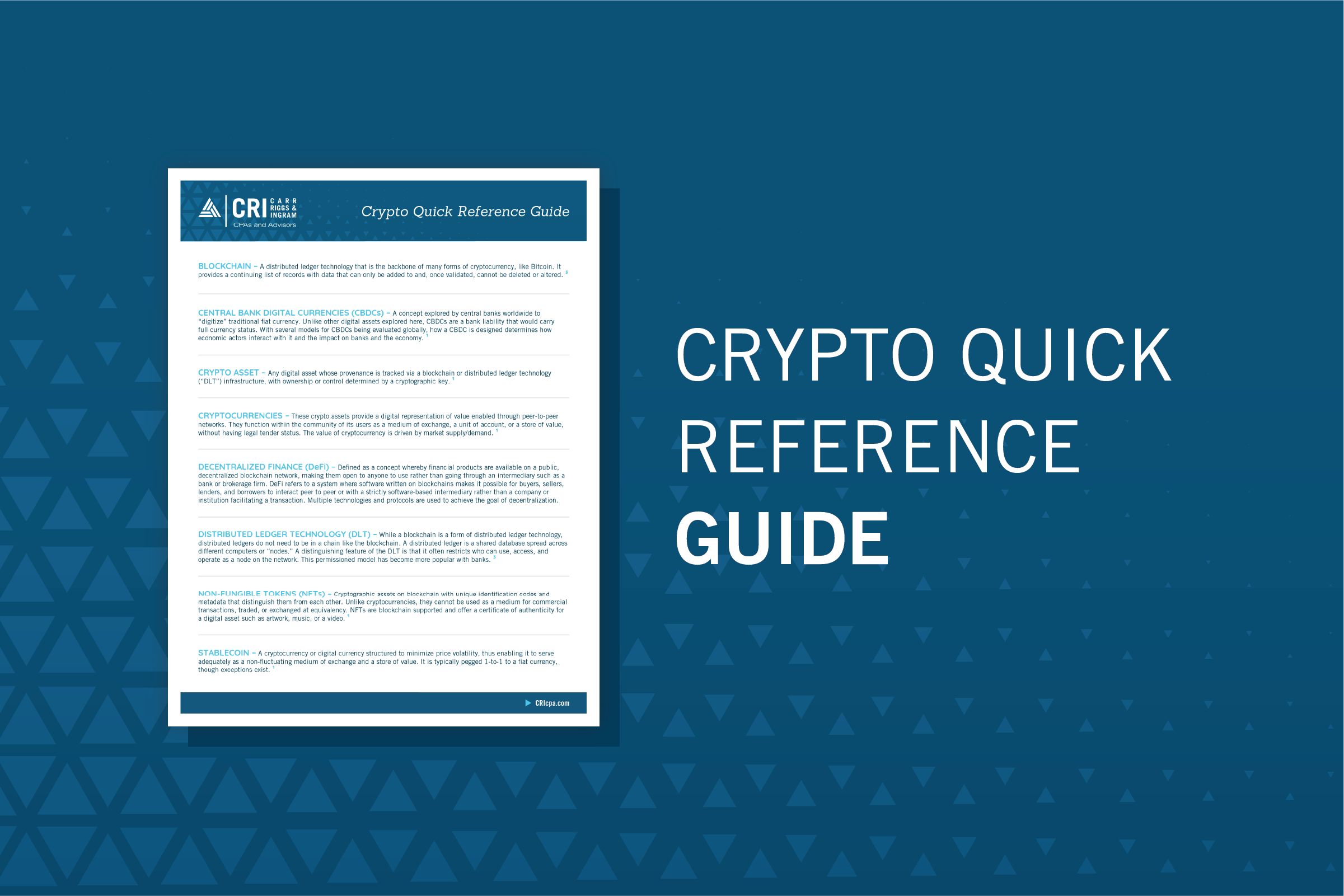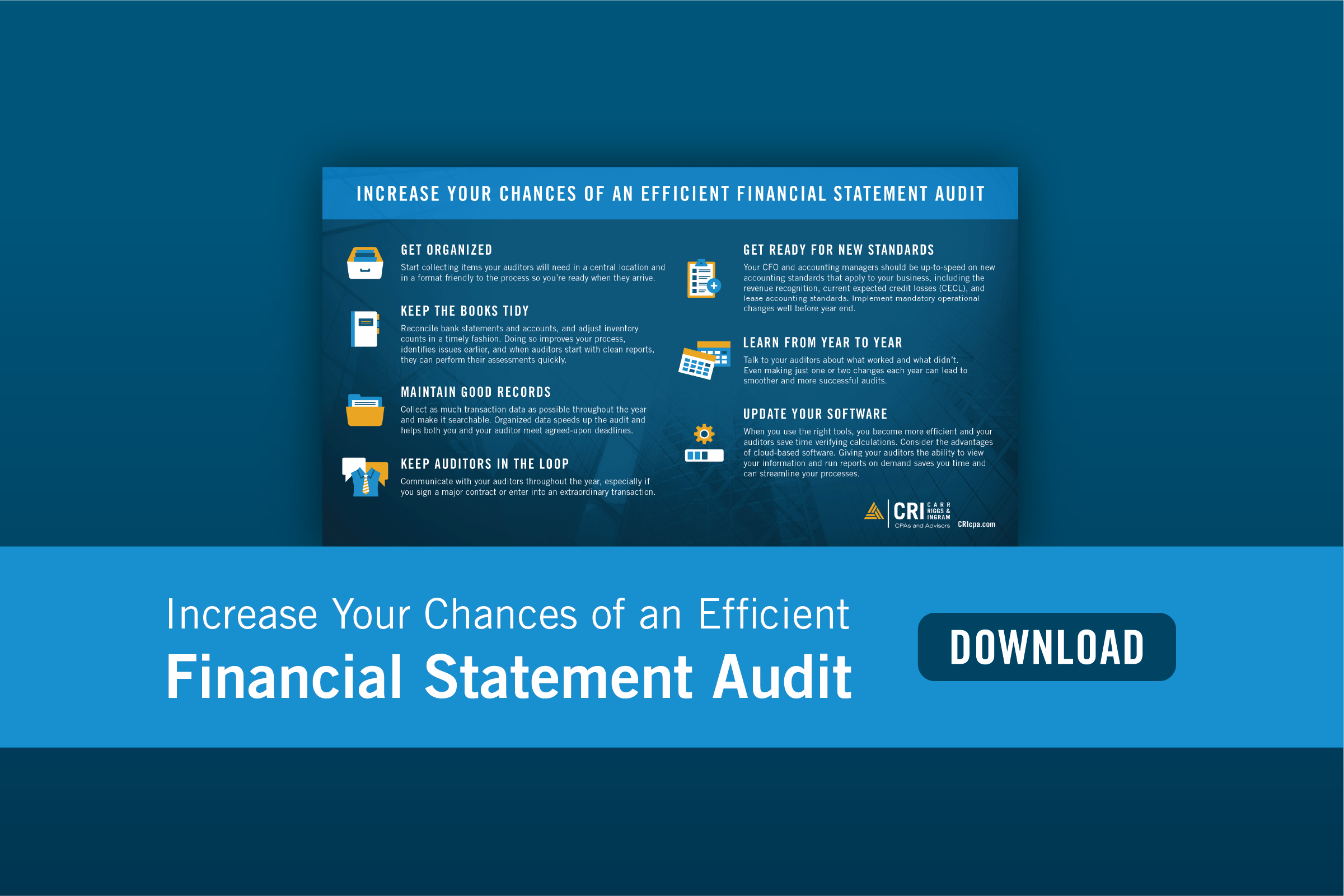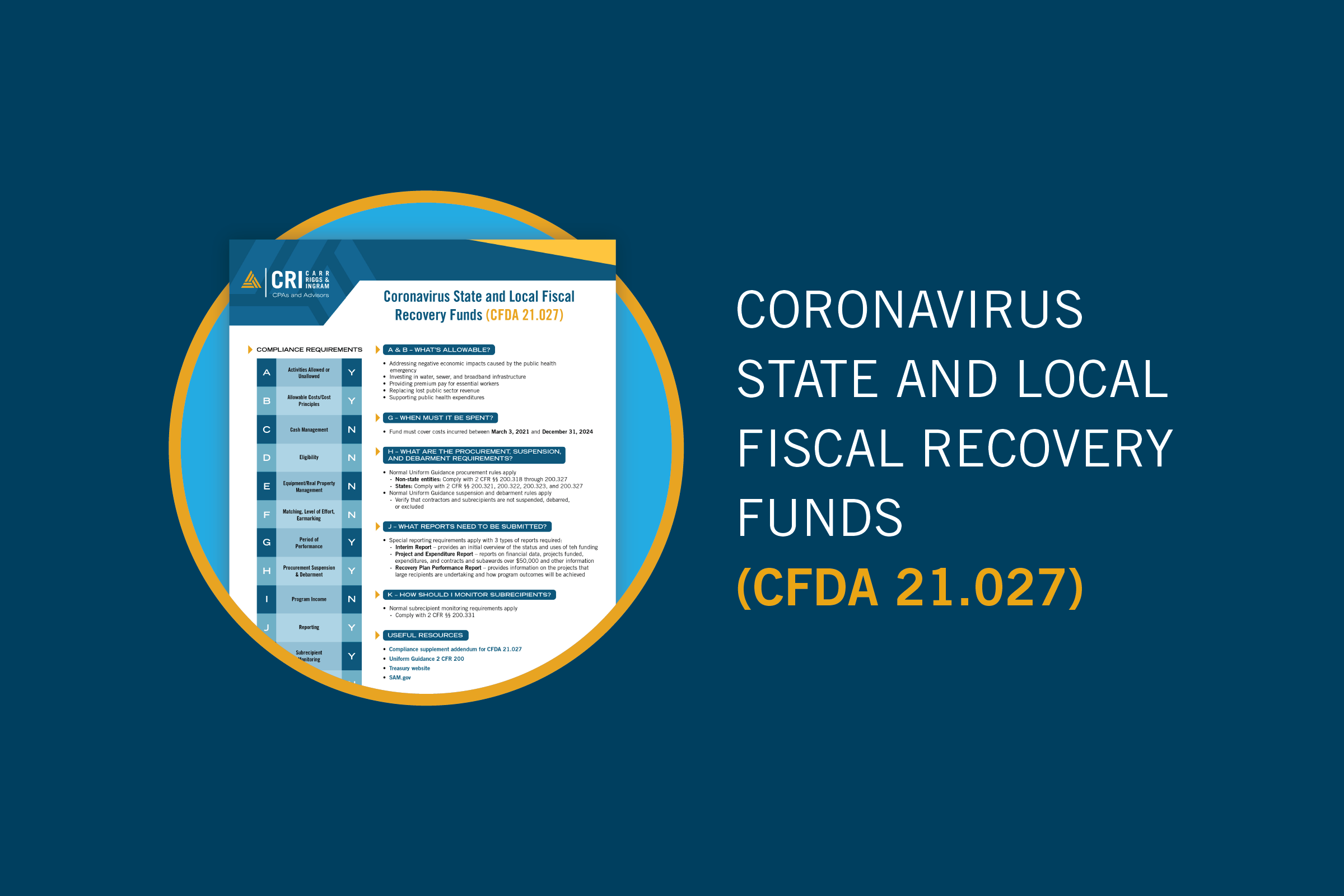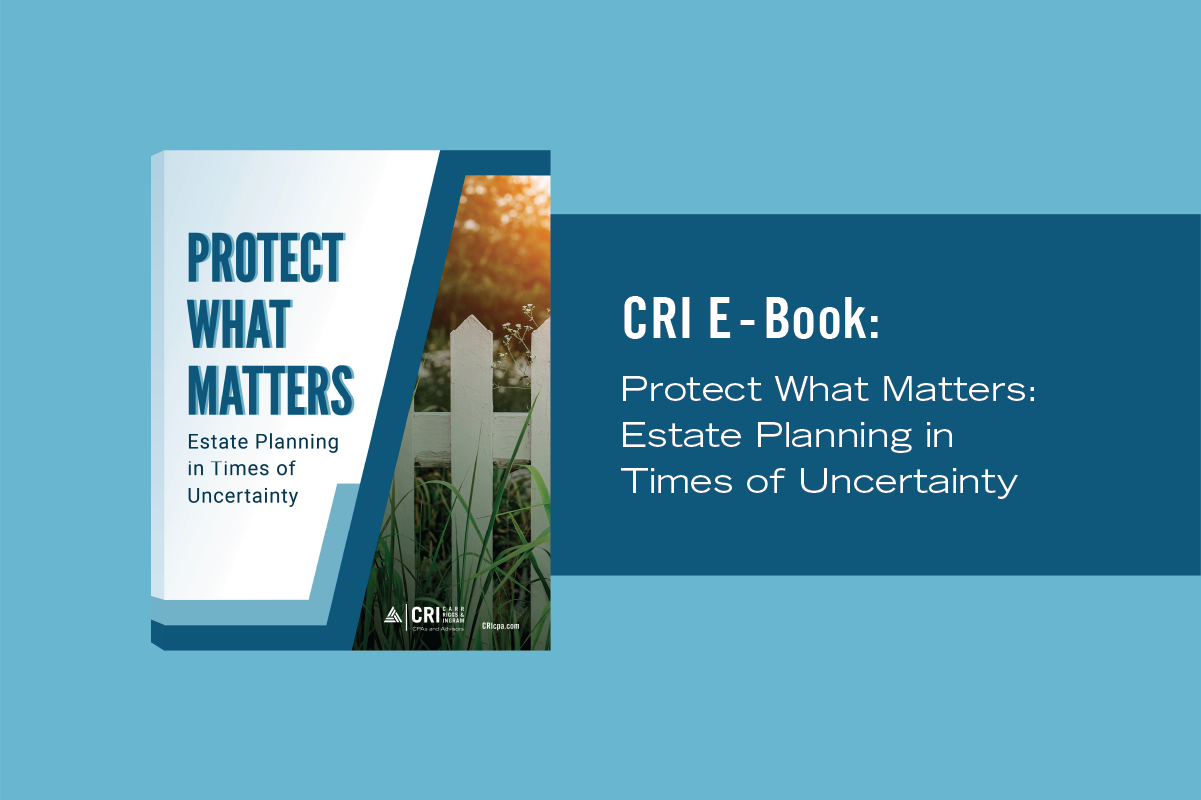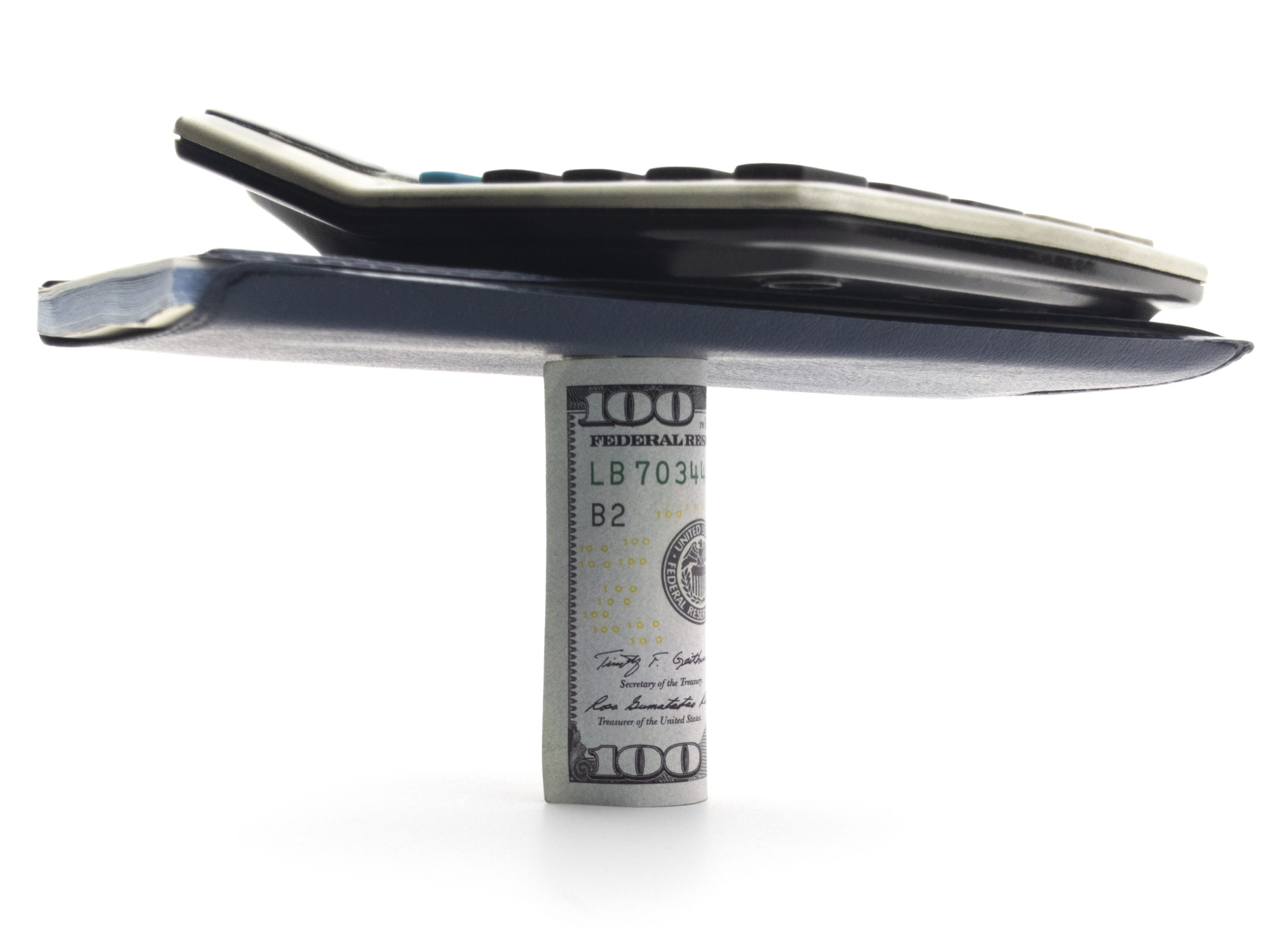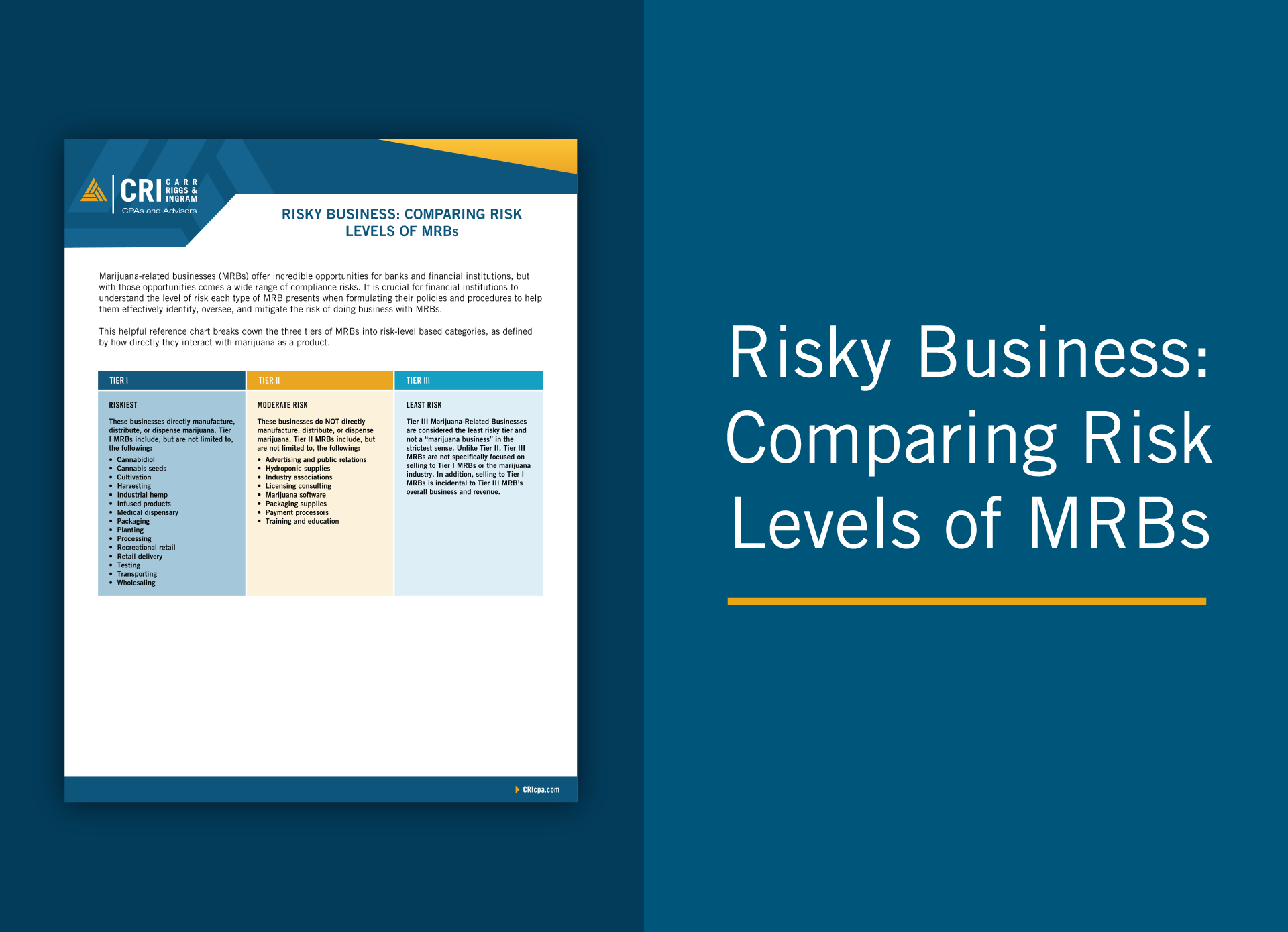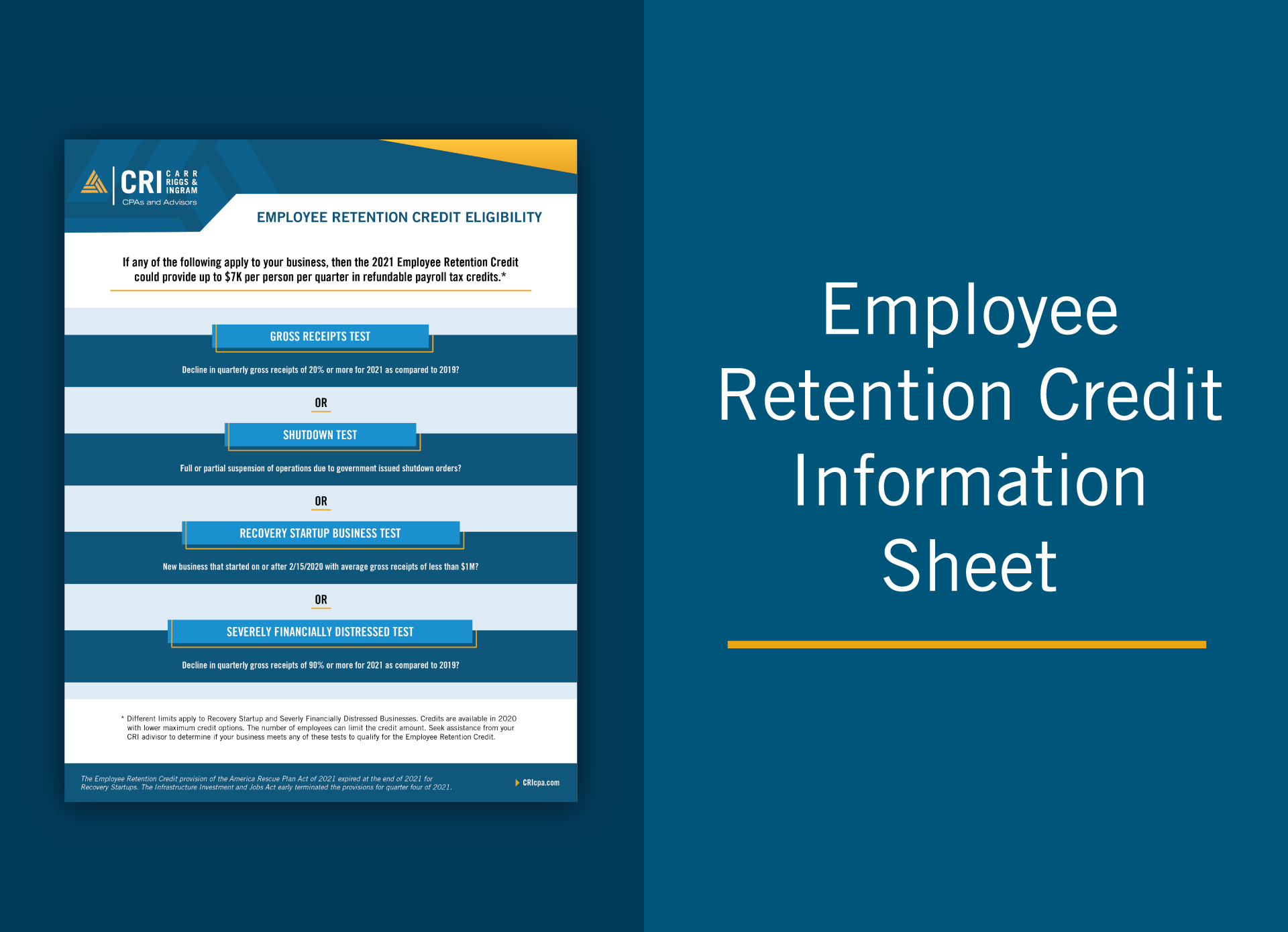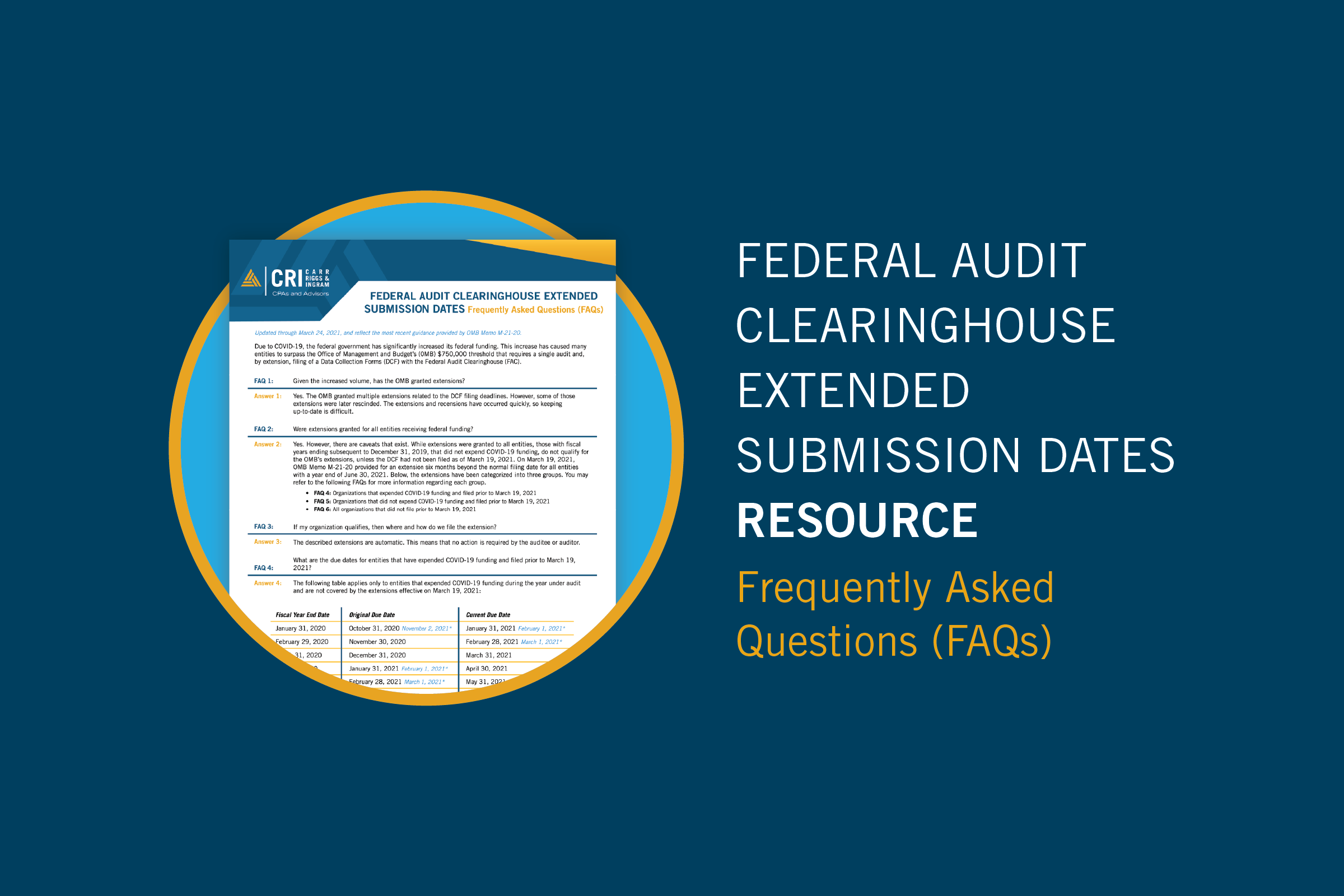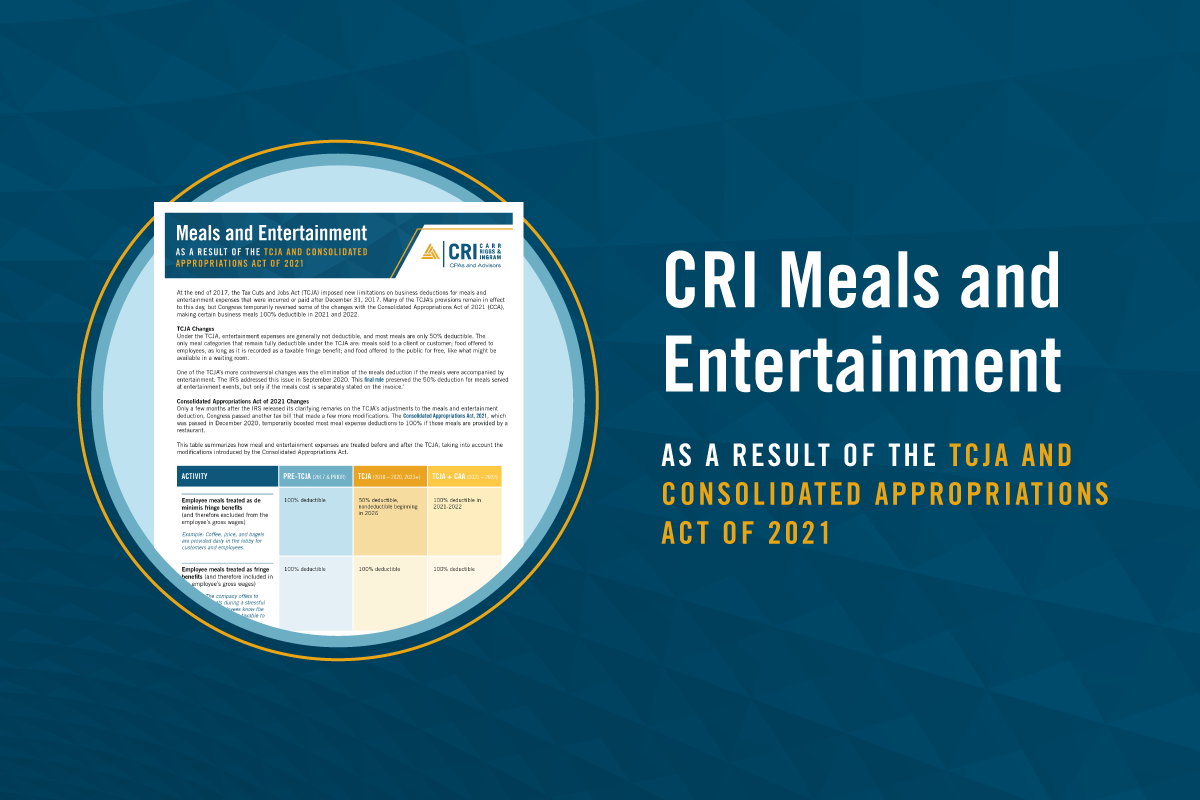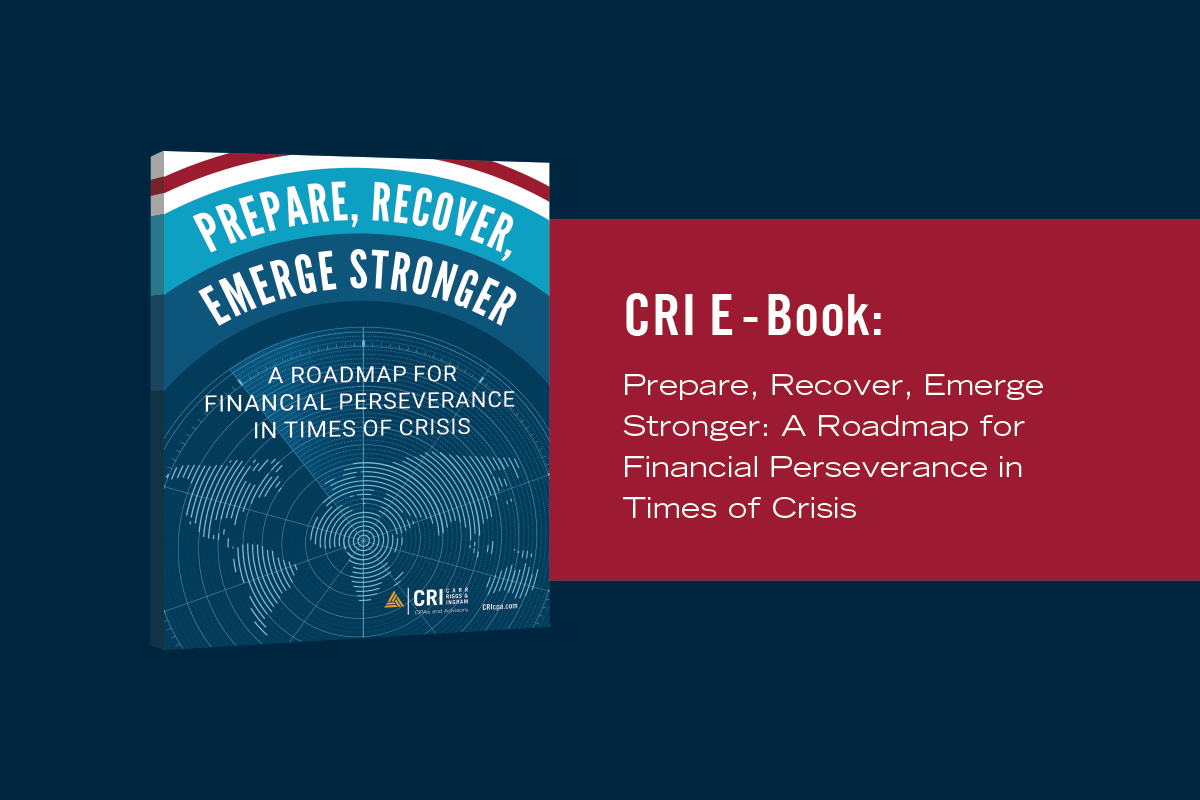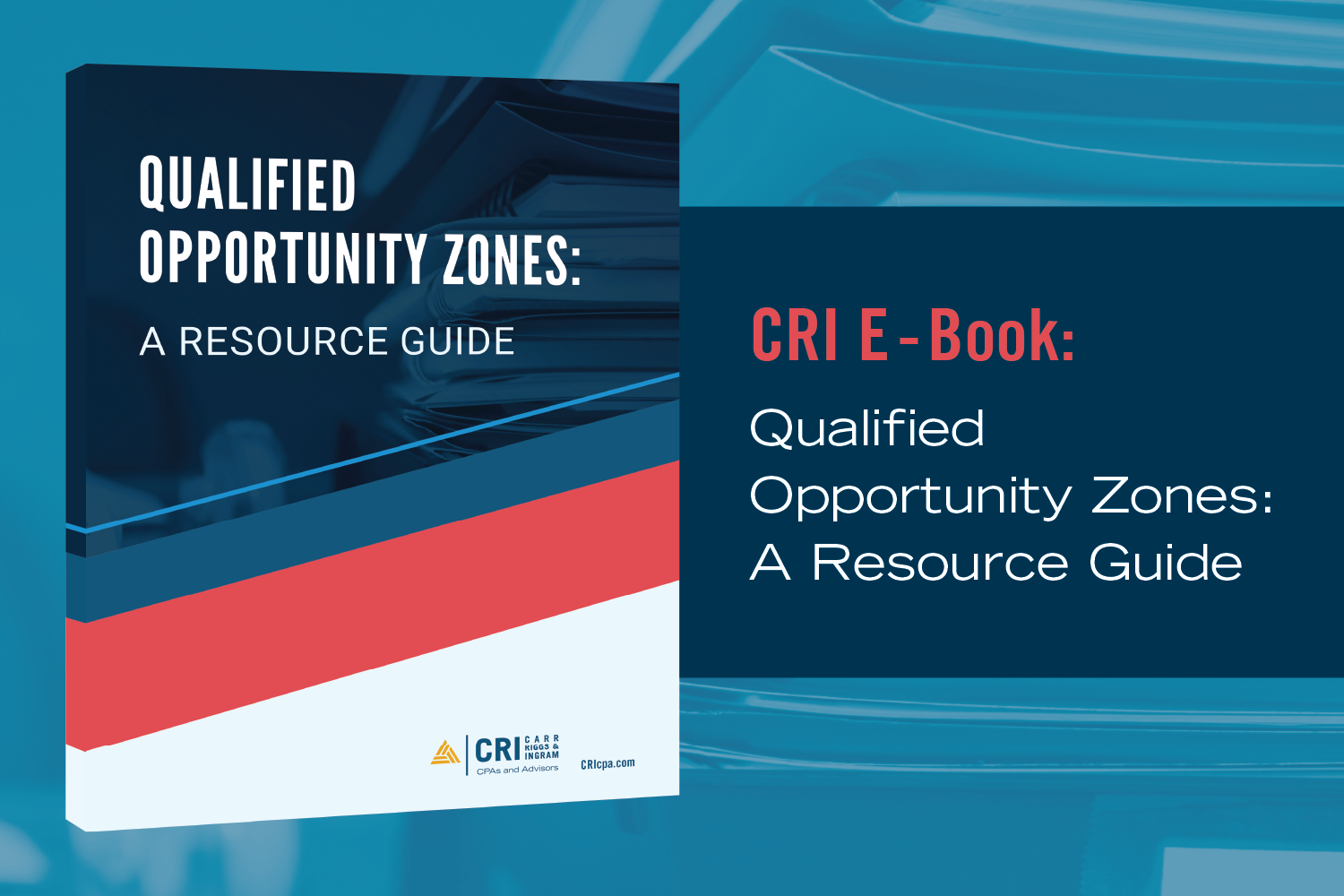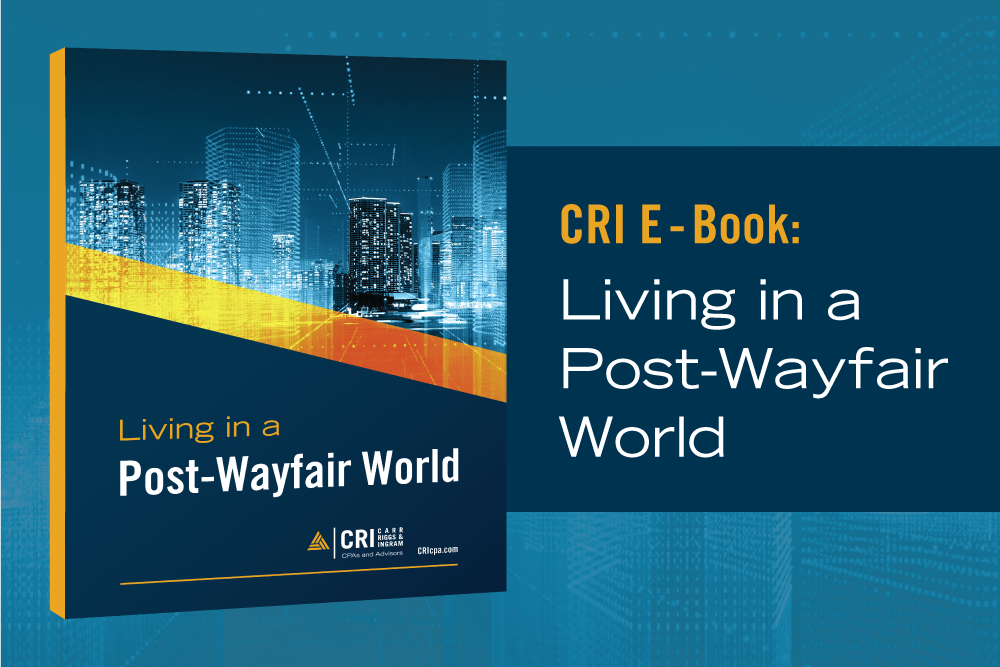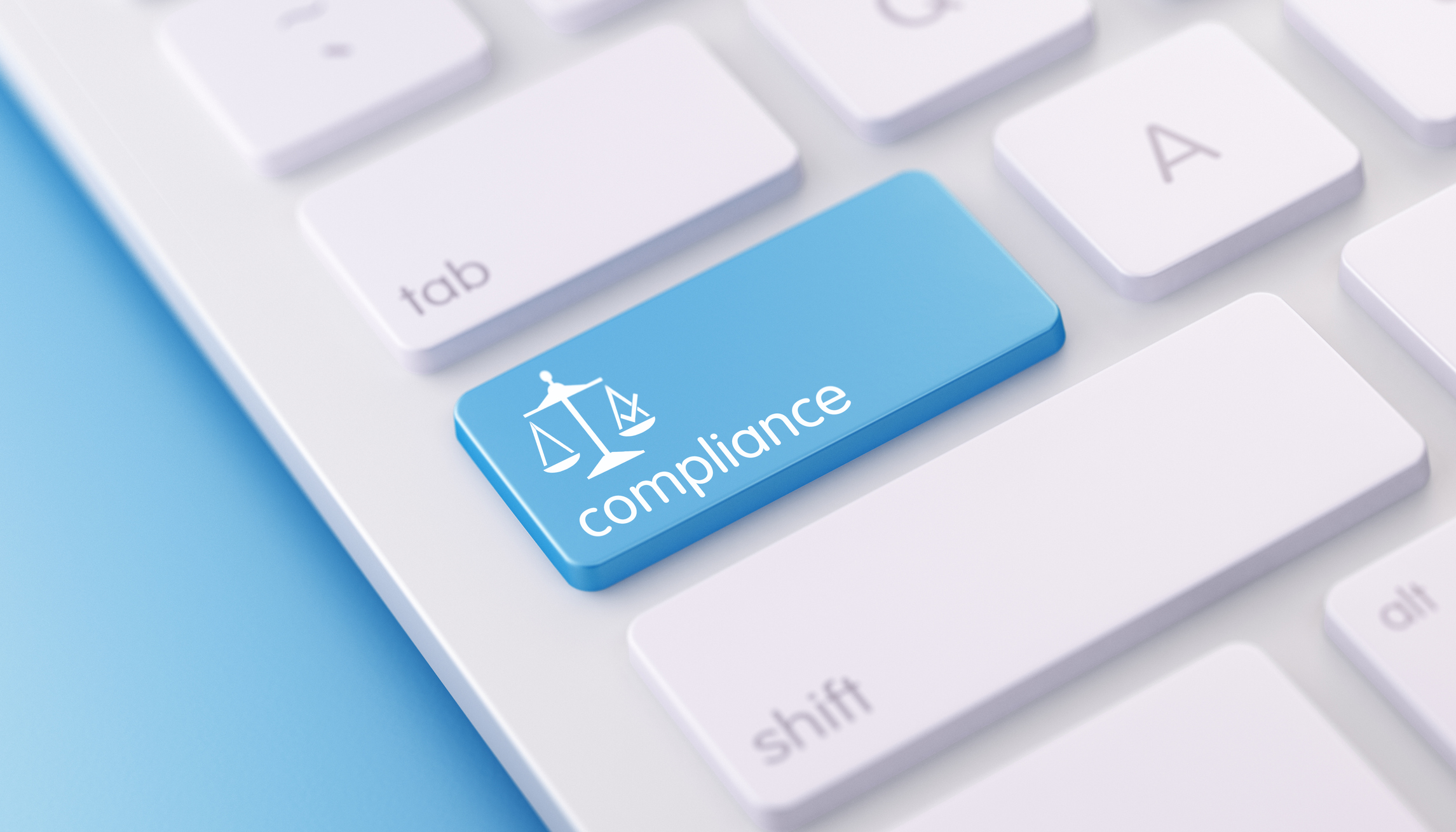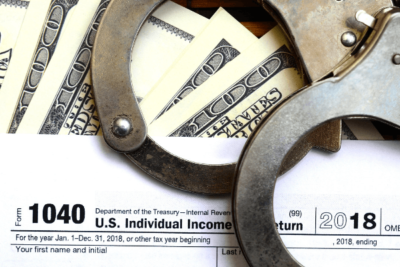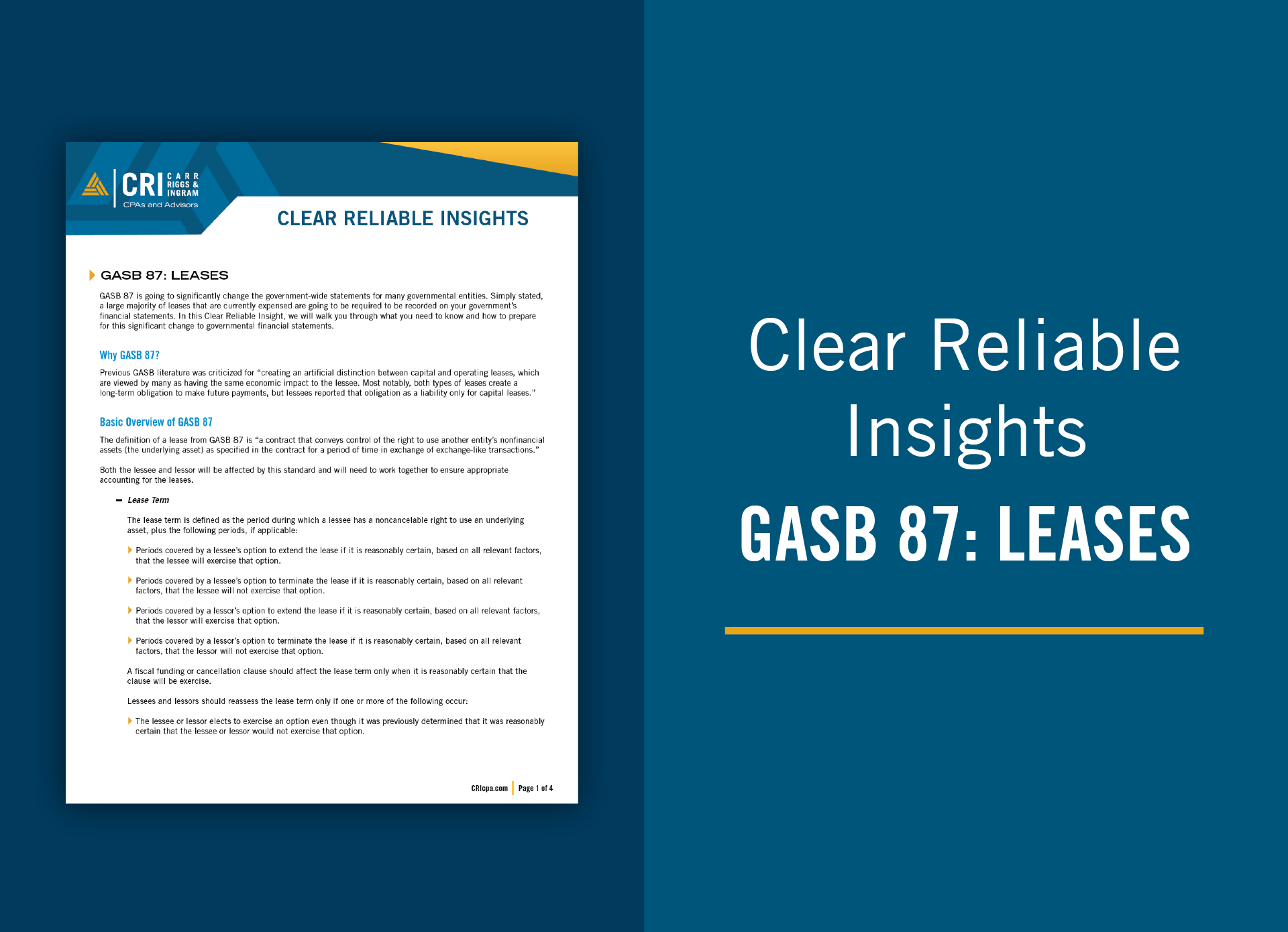2022 Partnership Instructions for Schedules K-2 and K-3
- Contributor
- Kris Hoffman
Dec 20, 2022
The IRS released draft instructions for the 2022 Schedule K-2 and related K-3 in October 2022. However, in December 2022, the IRS released revised draft instructions for these schedules. As can be the case with the IRS, these revised rules simplify some aspects but also create additional complexities regarding who must file the Schedule K-2 and K-3.
Domestic Filing Exception Overview
As a brief recap, the IRS offers a domestic filing exception in the draft instructions to the 2022 Schedule K-2 and K-3 that allow certain partnerships the potential of not having to complete these onerous forms. The original domestic filing exception included four criteria that must be met. The revised instructions continue to have four criteria, but some of those criteria have changed.
The revised criteria to meet the domestic filing exception are:
- no or limited foreign activity (unchanged),
- only U.S. citizen/resident alien partners (expanded to include S Corp and certain single member LLC’s in addition to individuals, trusts, and estates),
- partner notification (significant change – see below), and
- no 2022 Schedule K-3 requests by the one-month date (significant change – see below).
Partner Notification
Originally, the partnership had until January 15th to notify partners of its intent not to provide Schedule K-3. The revised instructions state that the partnership must provide this same notification but removes the January 15th deadline. Instead, the partnership can provide this notification at any time, including up to the time it provides the Schedule K-1 package to the partners. The instructions even allow this notification to be attached to Schedule K-1. Thus this revision to the third criteria makes the notification process easier for partnerships.
Requests by the “One-month Date”
Originally, partners had until February 15th to respond to the January 15th notification. The partners had until this deadline to request the partnership provide the Schedule K-3. However, If the partnership received such a timely request, it had to prepare the Schedule K-2 and Schedule K-3 for those requesting partners and include those forms with their partnership return.
The revised instructions state that the partners have until one month before the partnership files its entity return (including extensions) to request a Schedule K-3. Rather than have a fixed deadline of February 15th to receive the requests, partnerships now have a floating deadline to receive requests. This floating deadline is driven by when the partnership files its return to the IRS, which can be any time before September 15th (if the partnership has a timely filed extension). Therefore, if a partnership files its return on the last possible extended deadline of September 15th, the one-month date for requesting a Schedule K-3 is August 15th.
This new definition will create some administrative burden for partnerships. Partnerships will now need to deliberately plan when they send notifications to their partners, when they plan on filing the partnership return, and when they may still need to provide Schedule K-3 (if partners request within this floating one-month window).
The domestic filing exception is still a net positive for U.S.-based partnerships to avoid the time-consuming effort needed to prepare Schedules K-2 and K-3. However, the new rules for this exception do require planning to ensure that all the criteria are met. If you have questions about how these new rules impact your partnership, contact your CRI advisor. We’re ready to assist you with the rules and complexities regarding who must file Schedule K-2 and K-3 tax forms.

